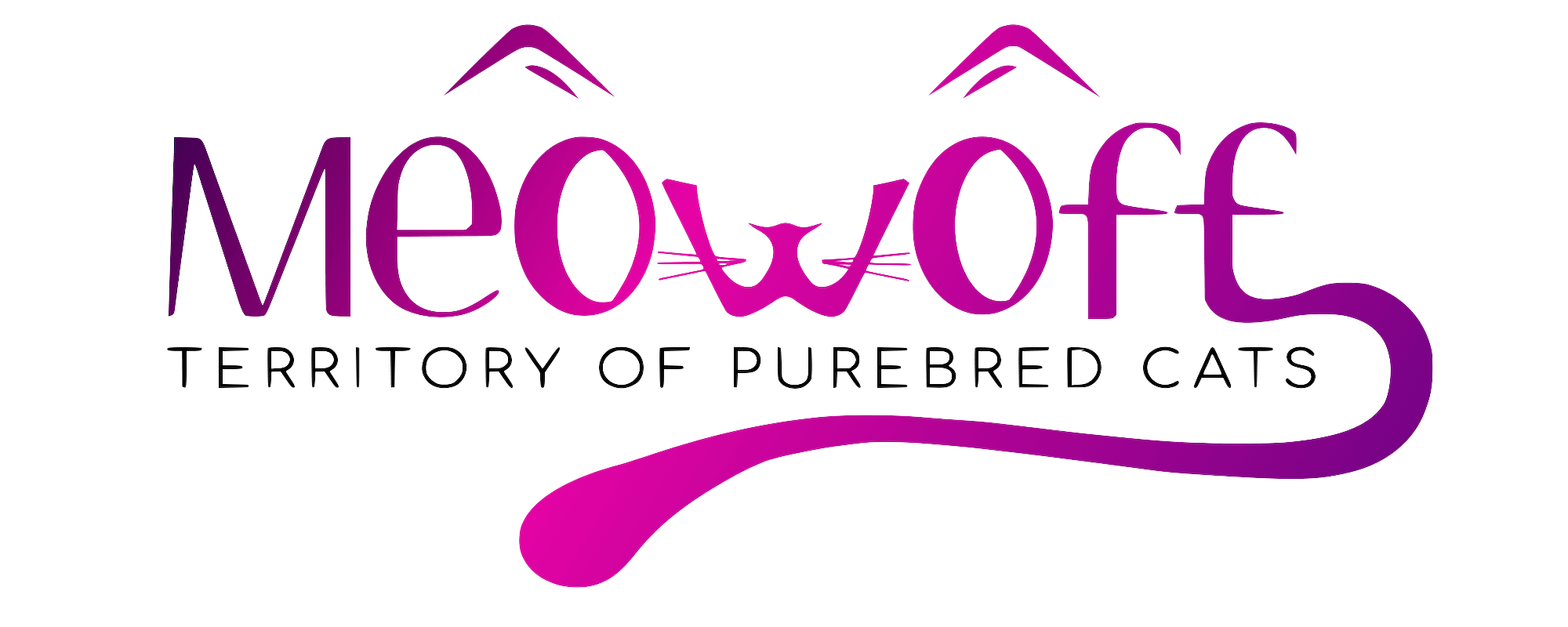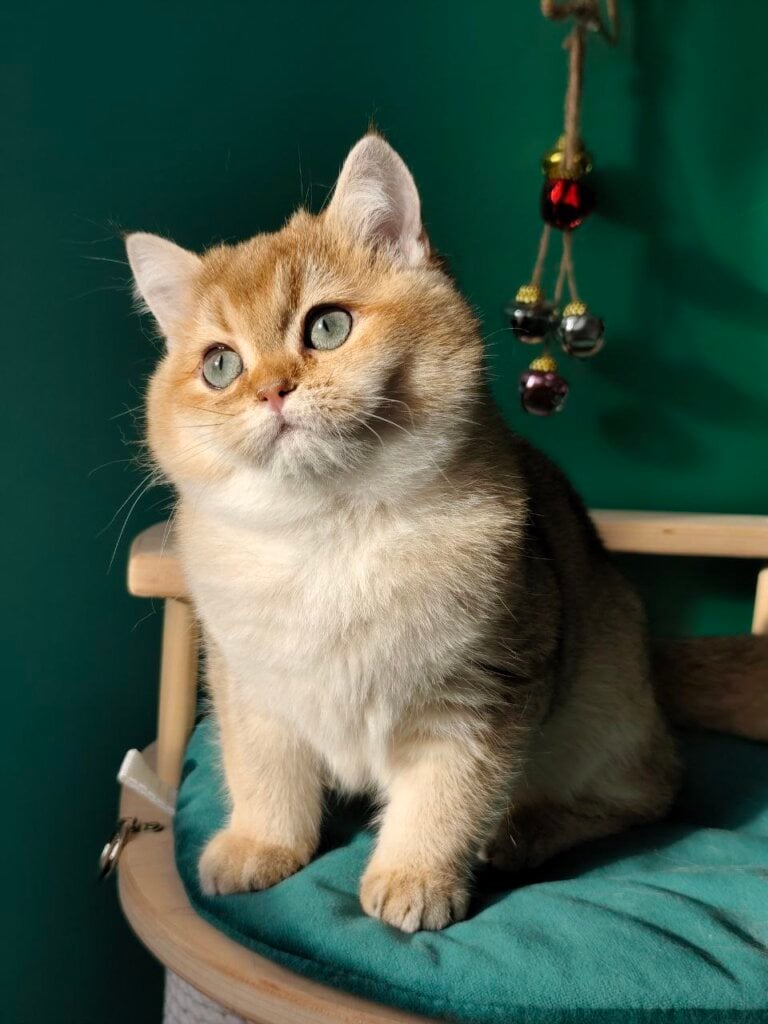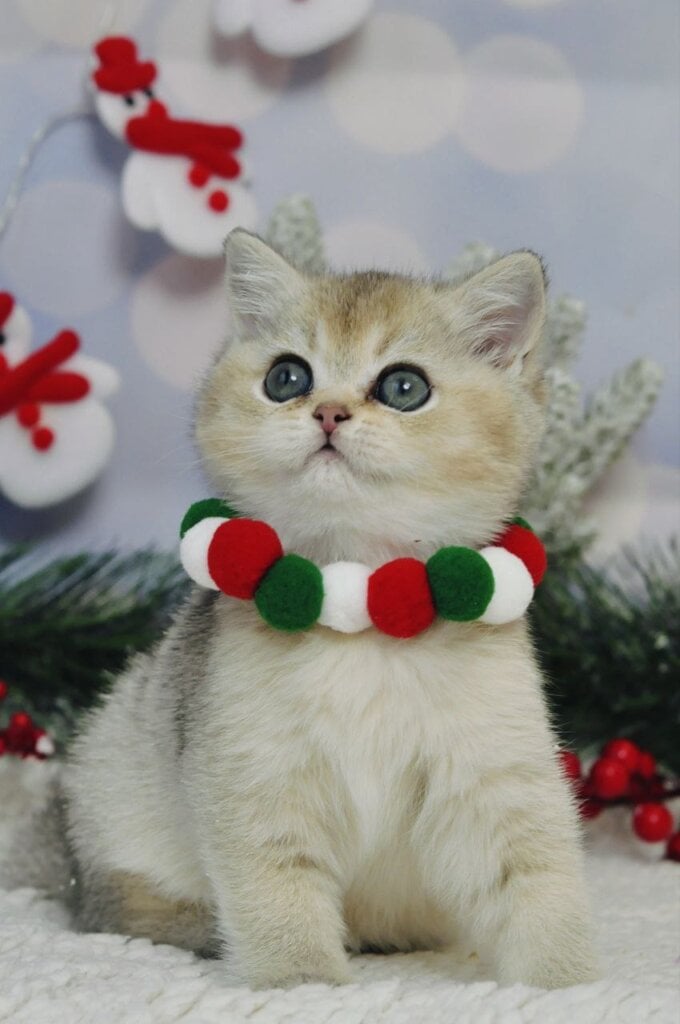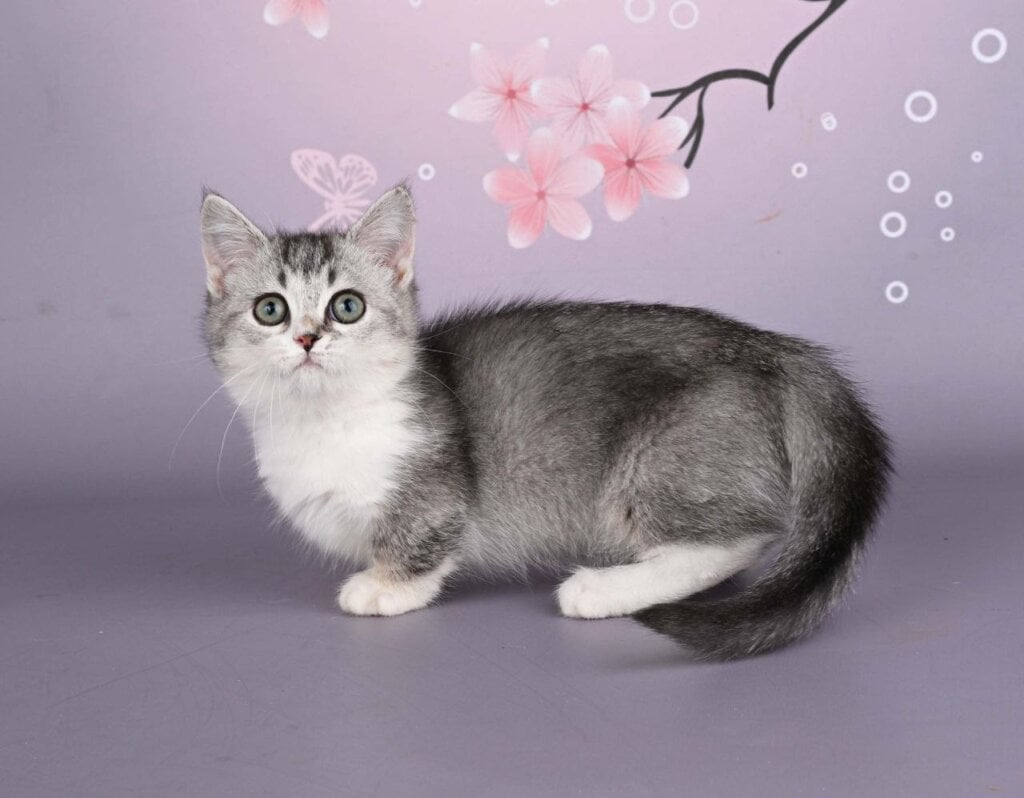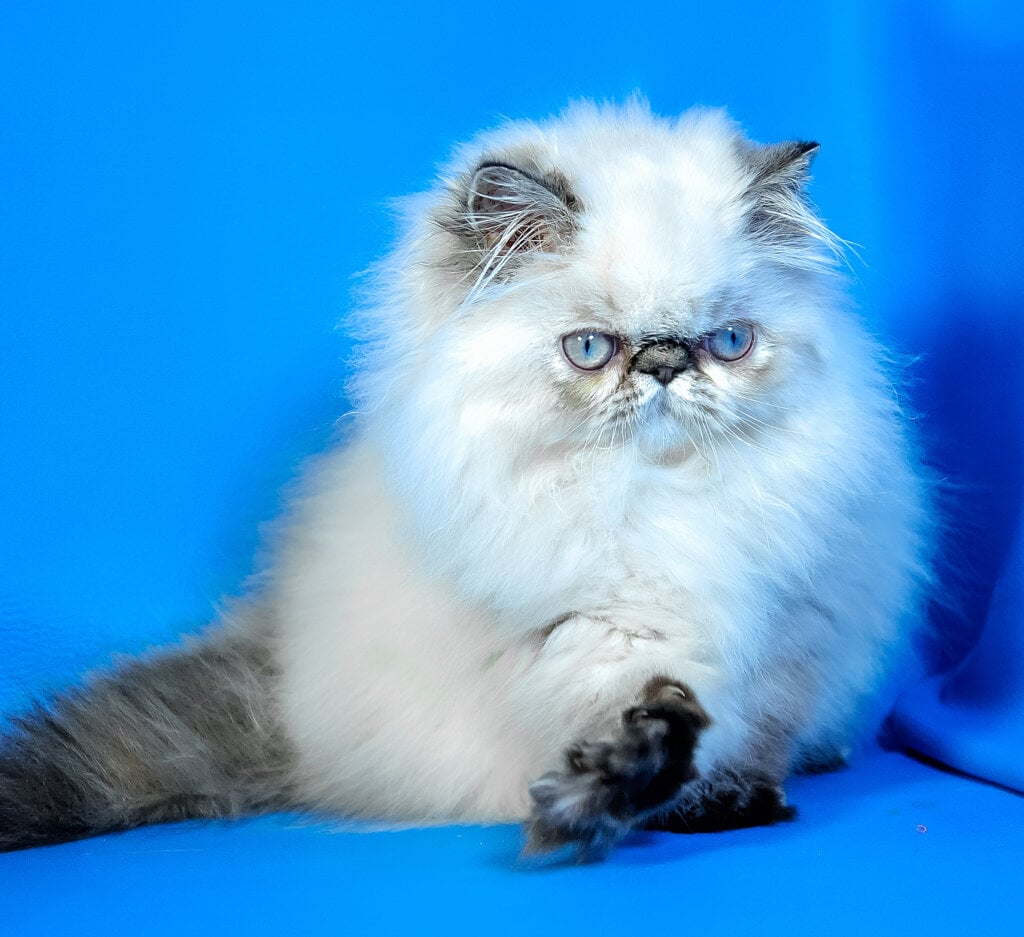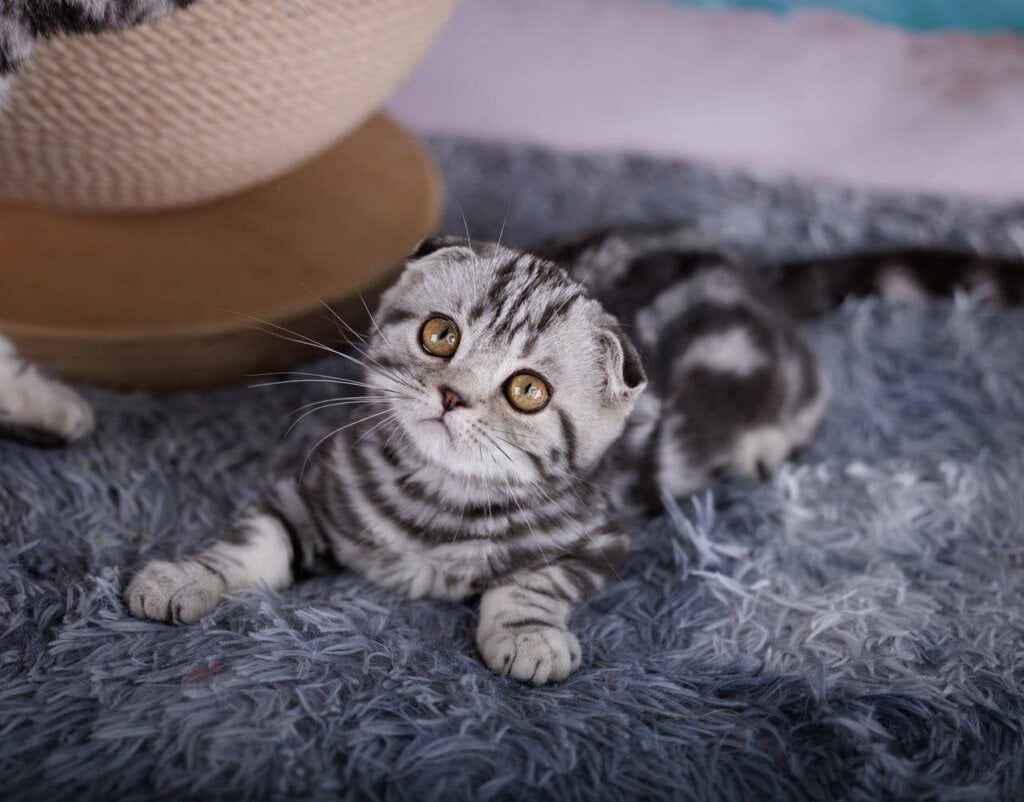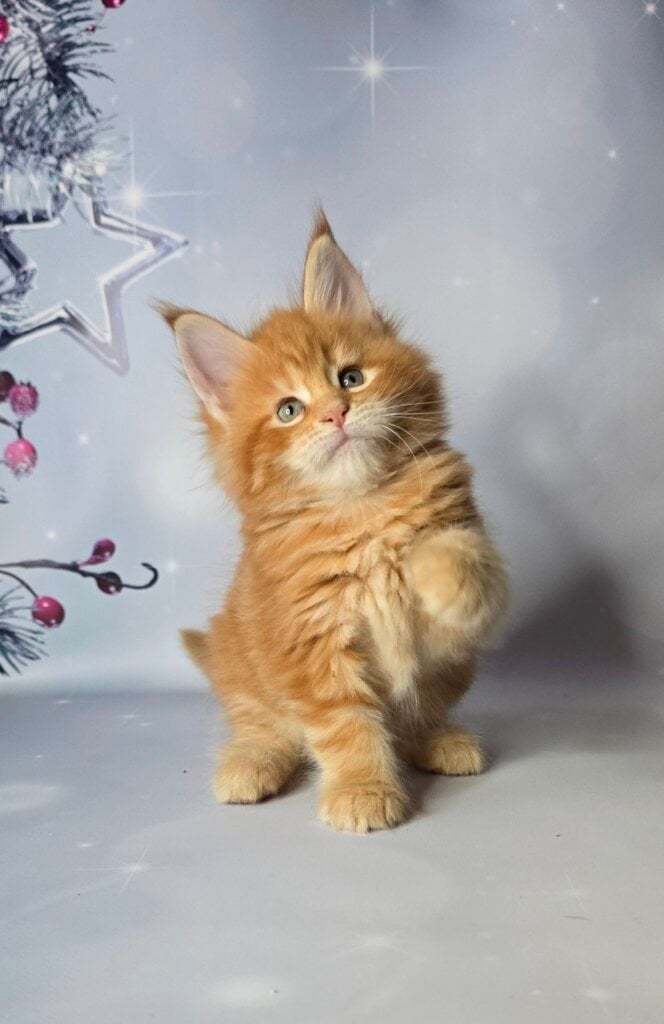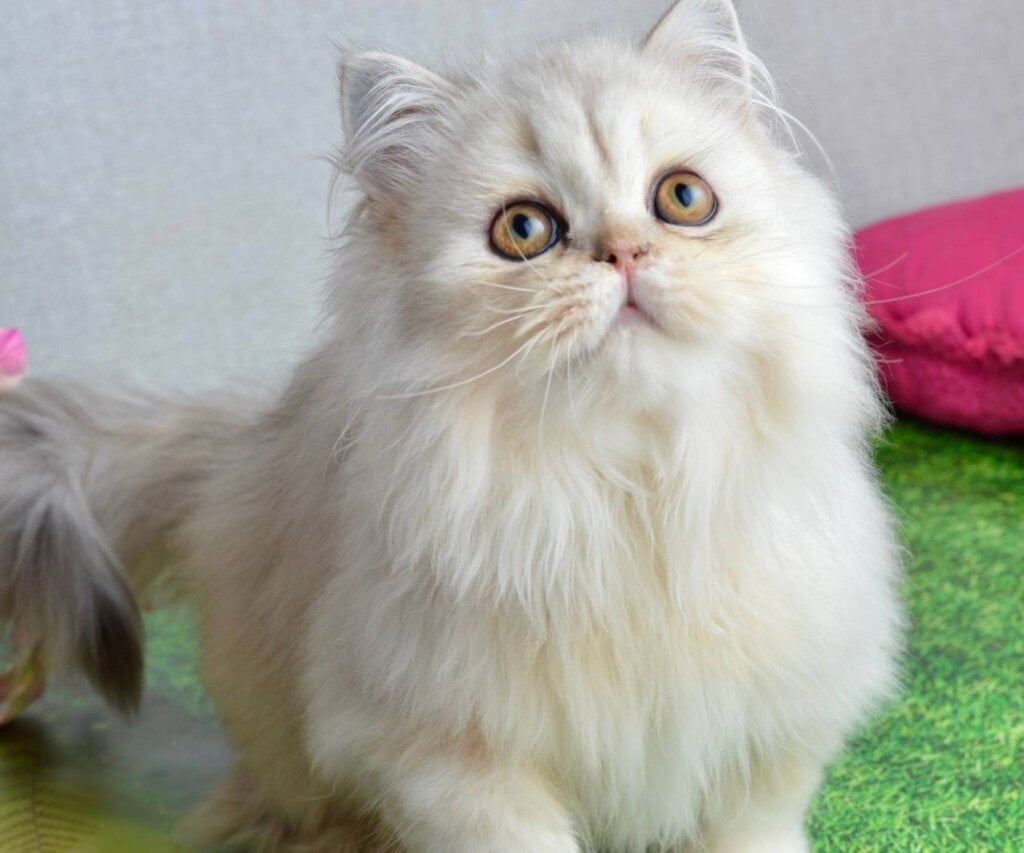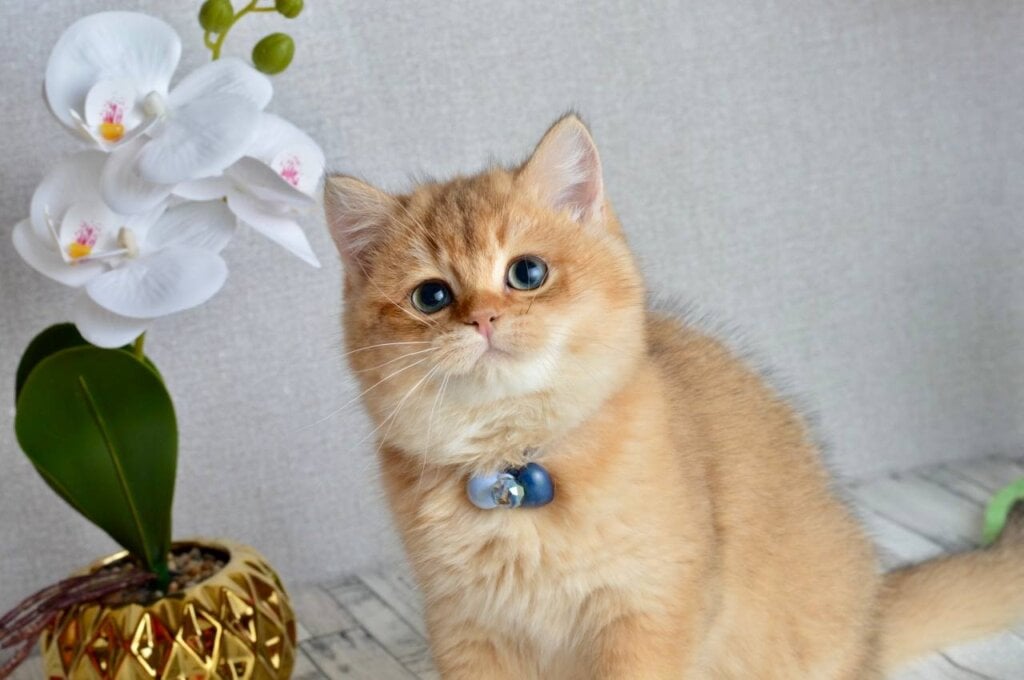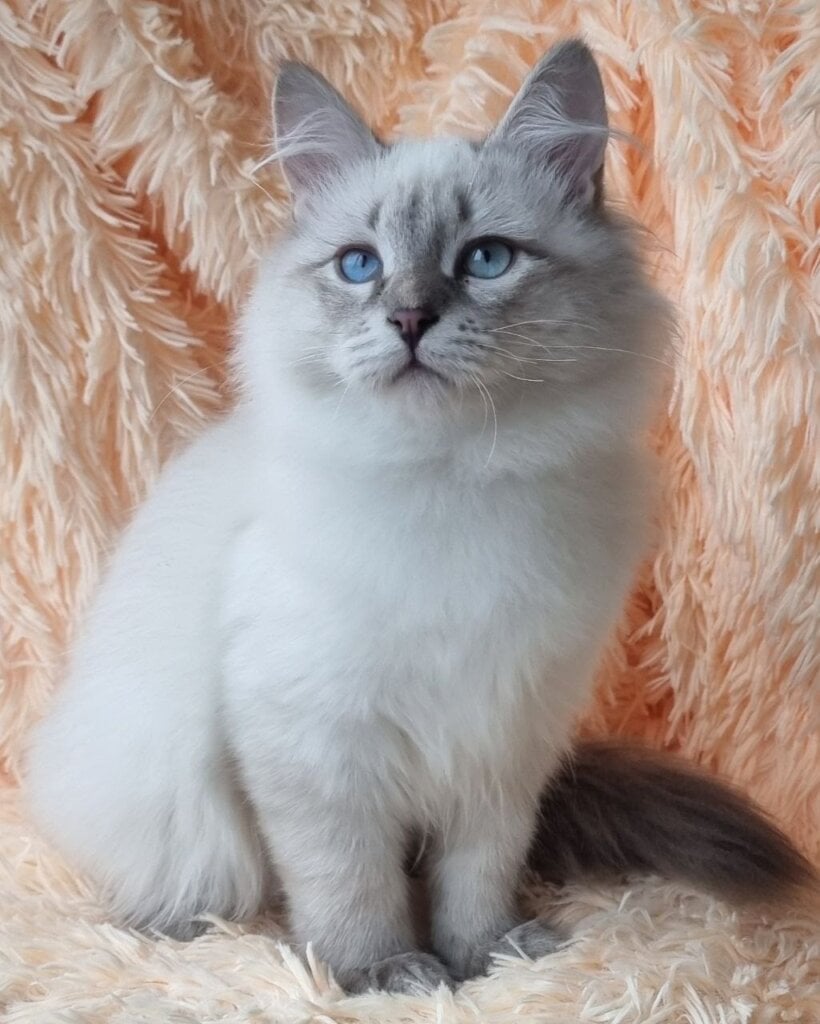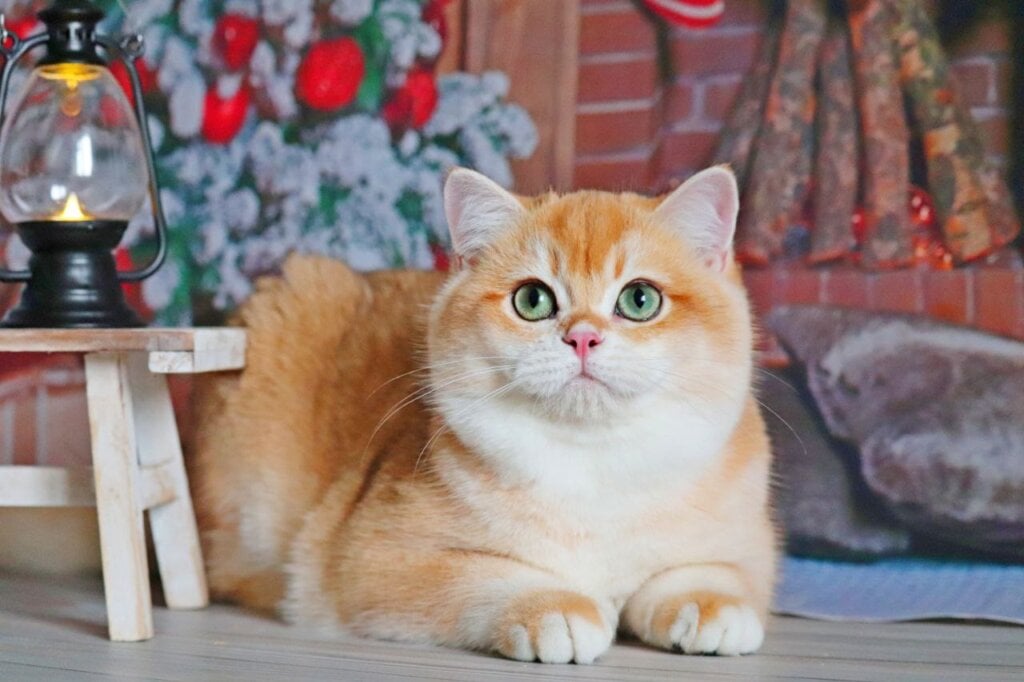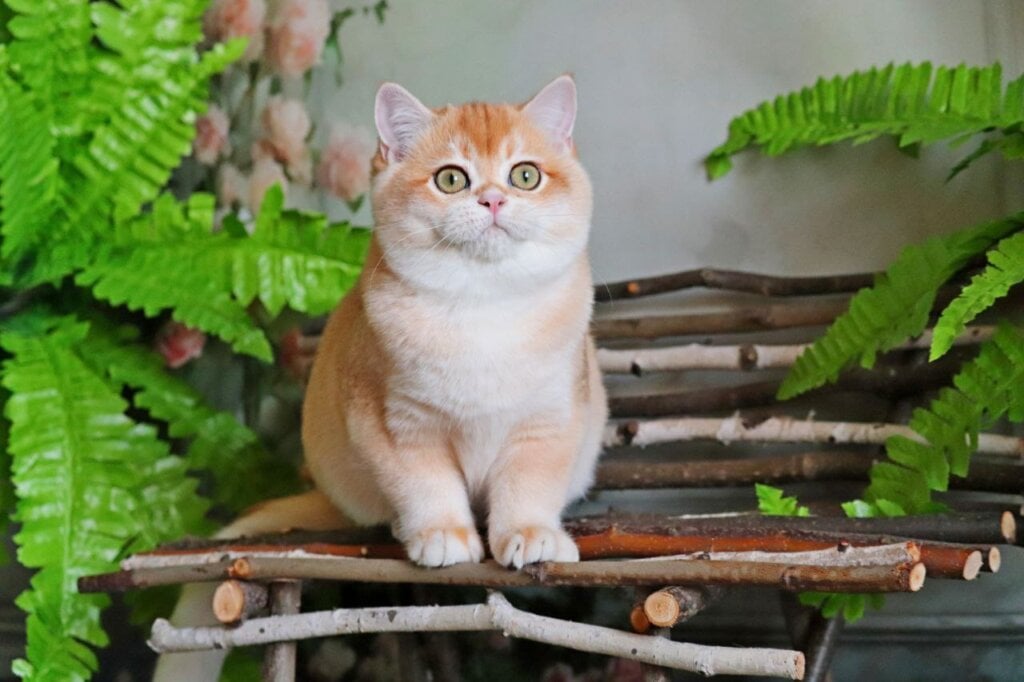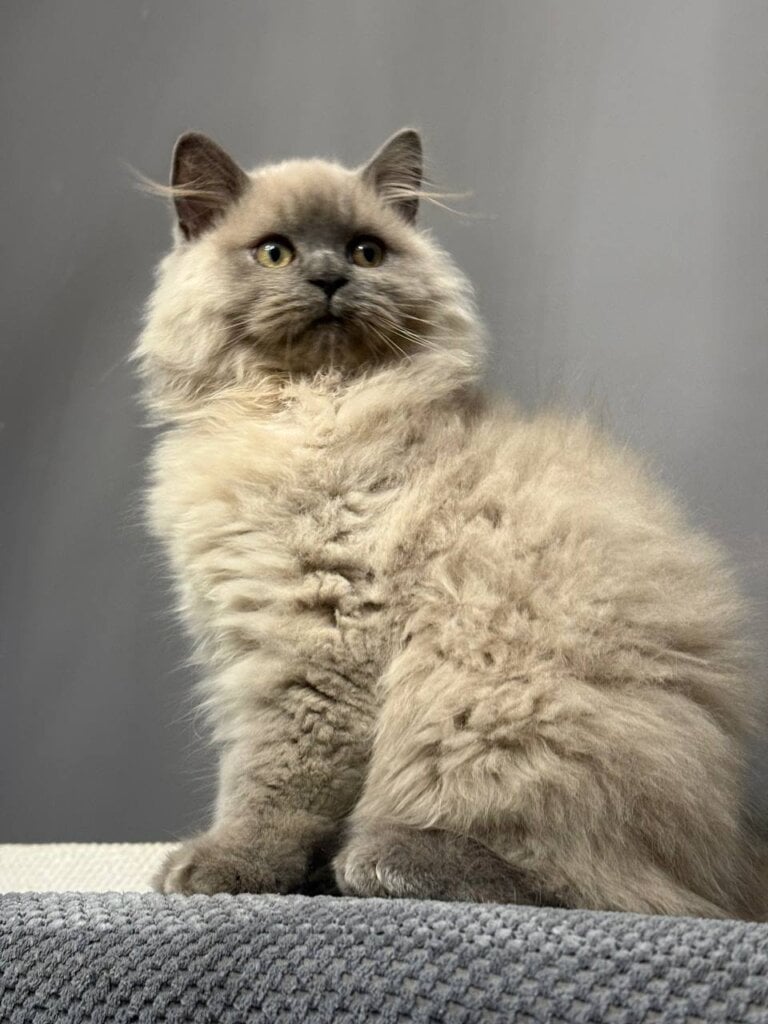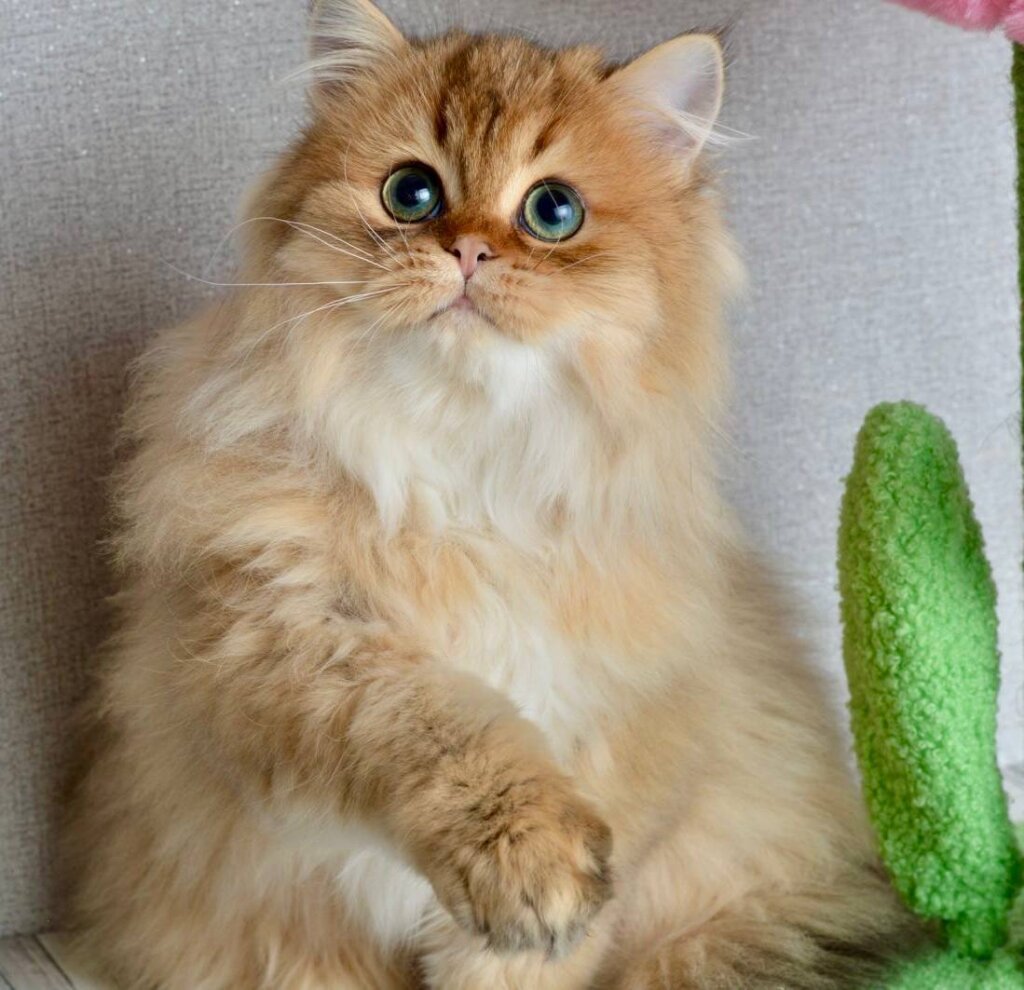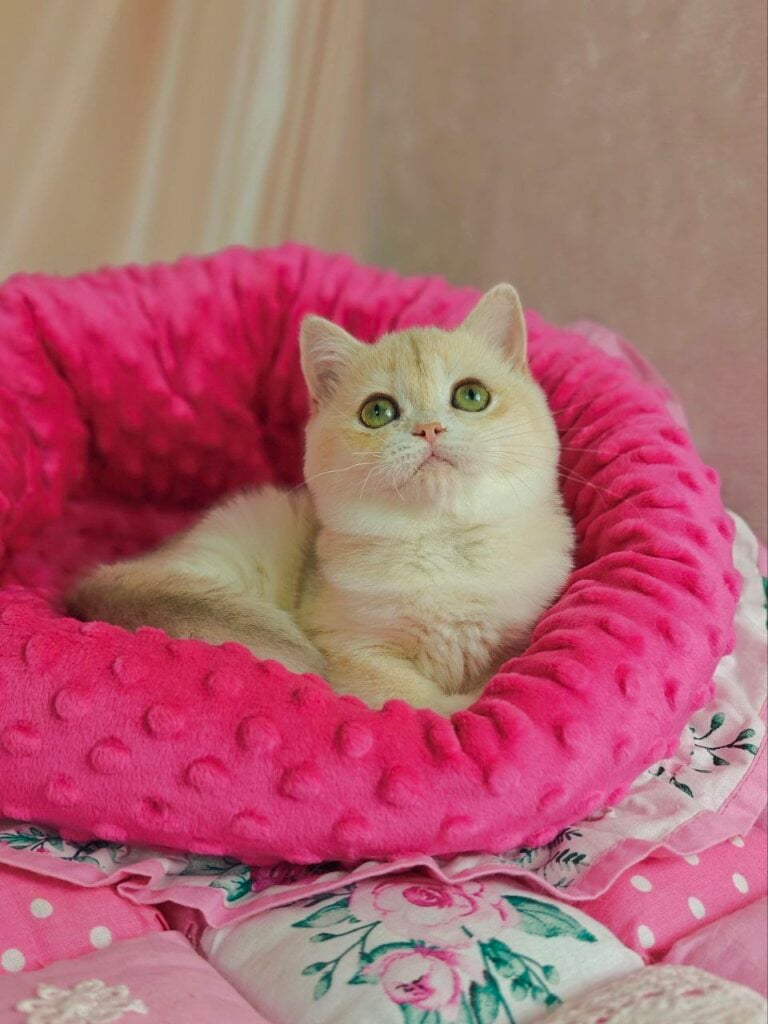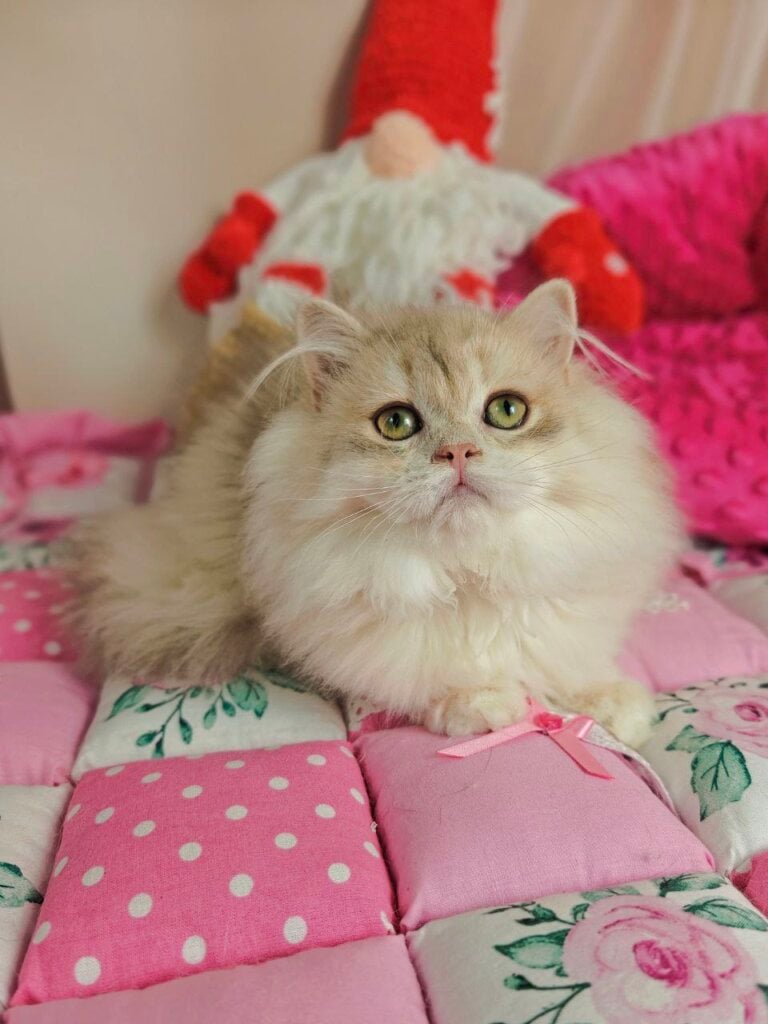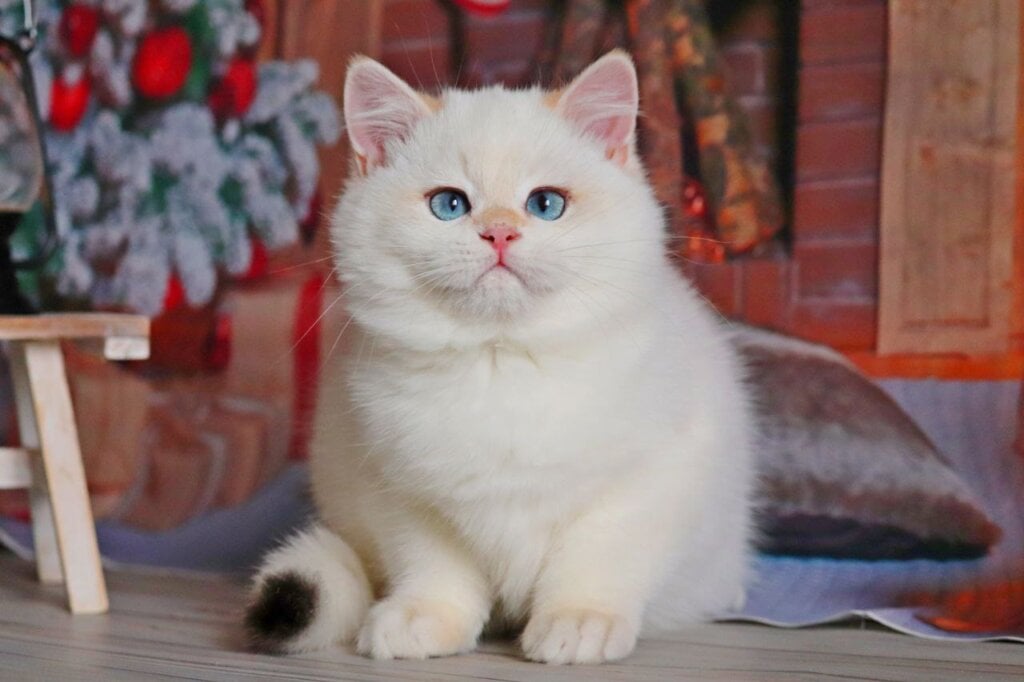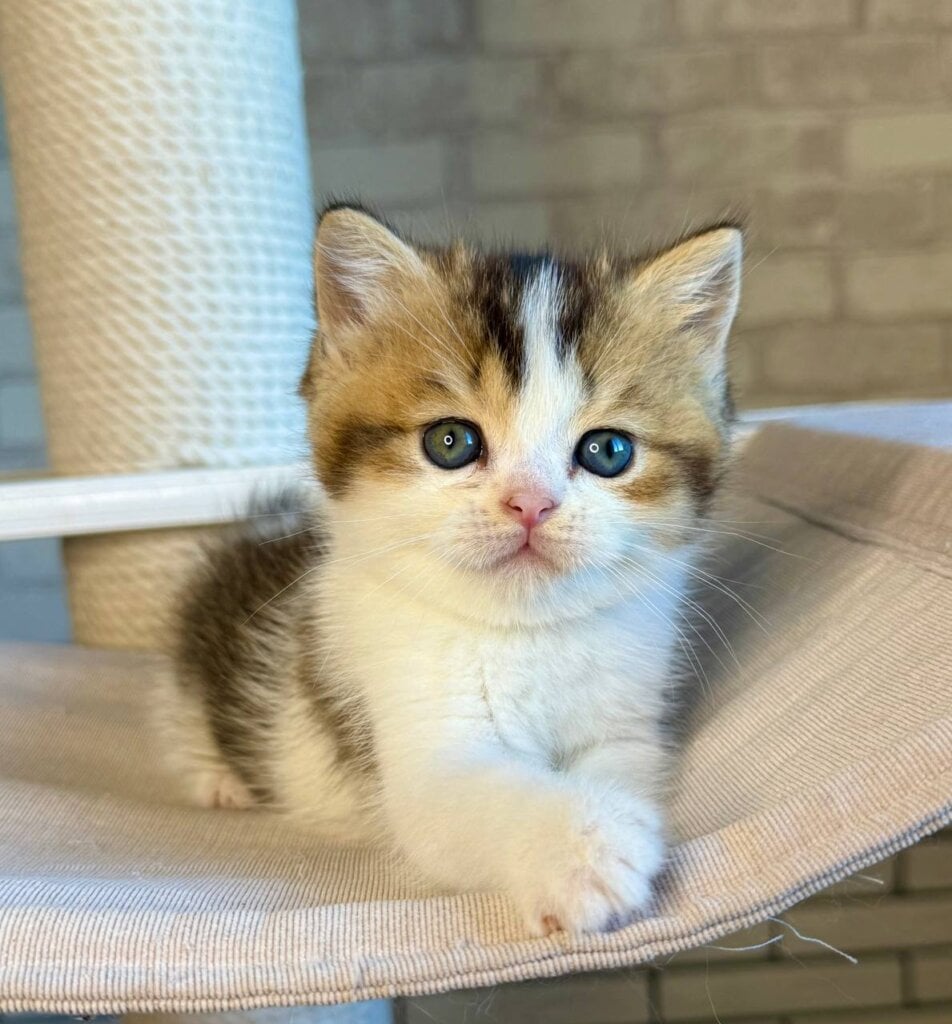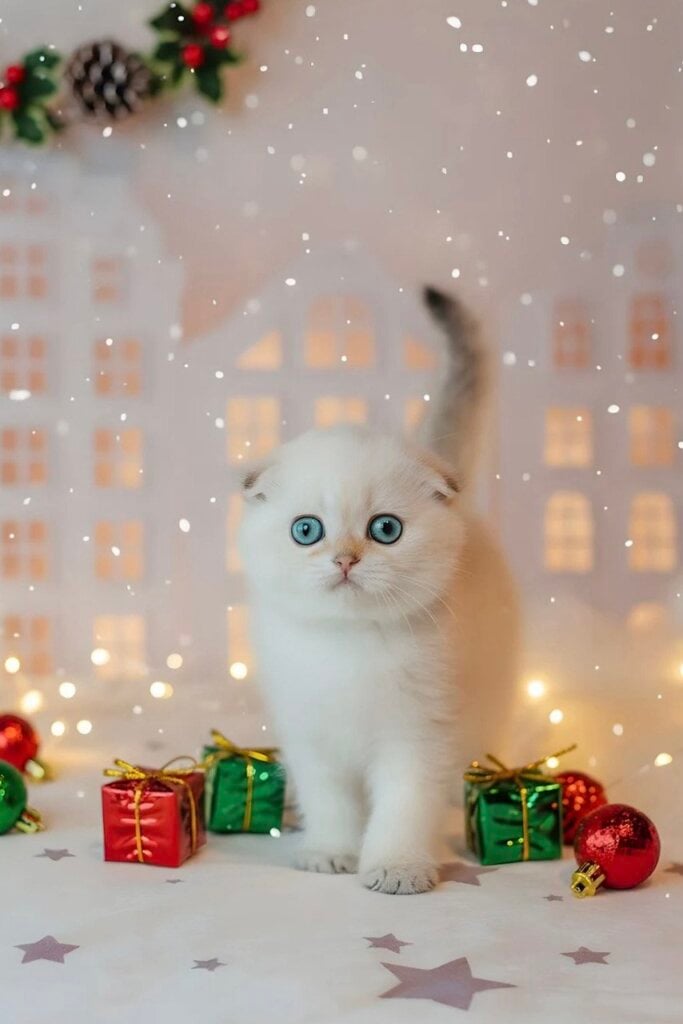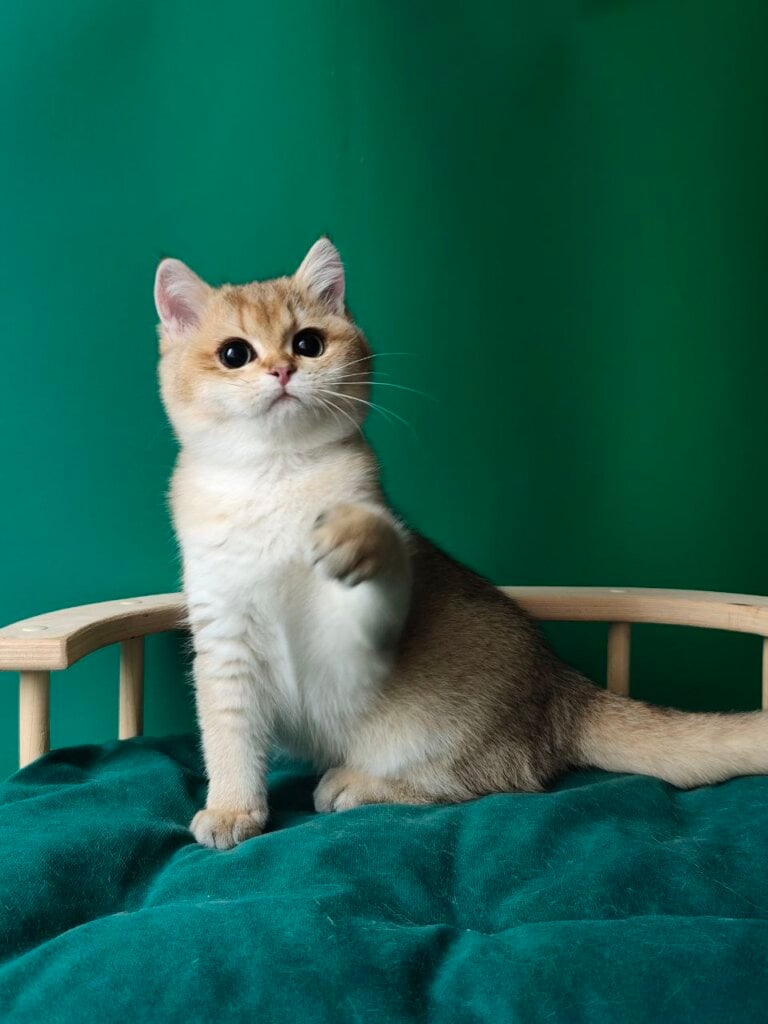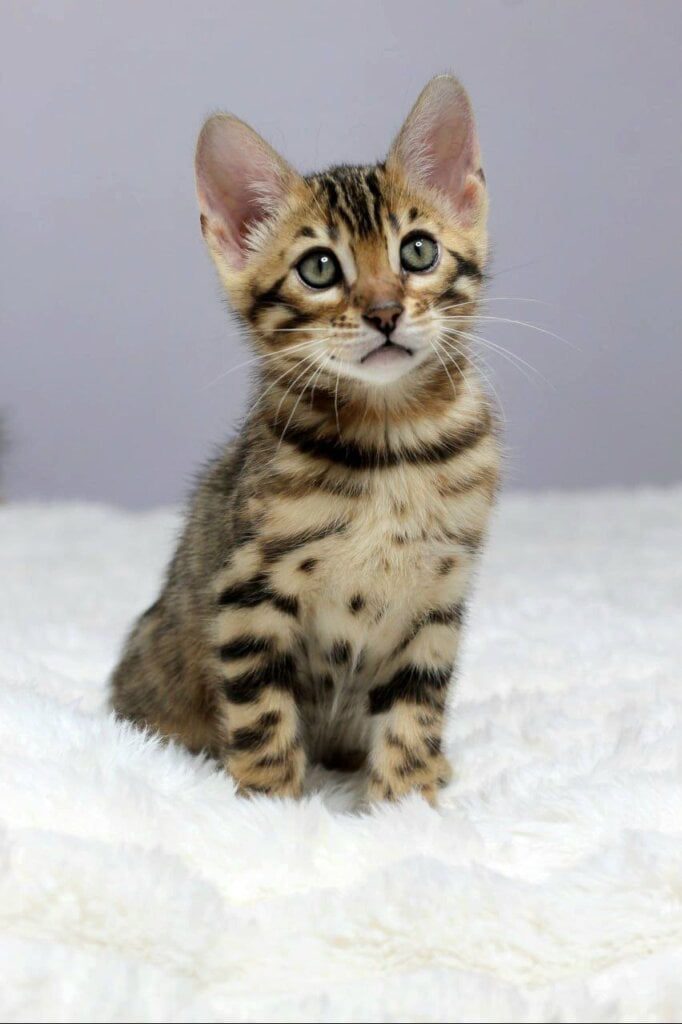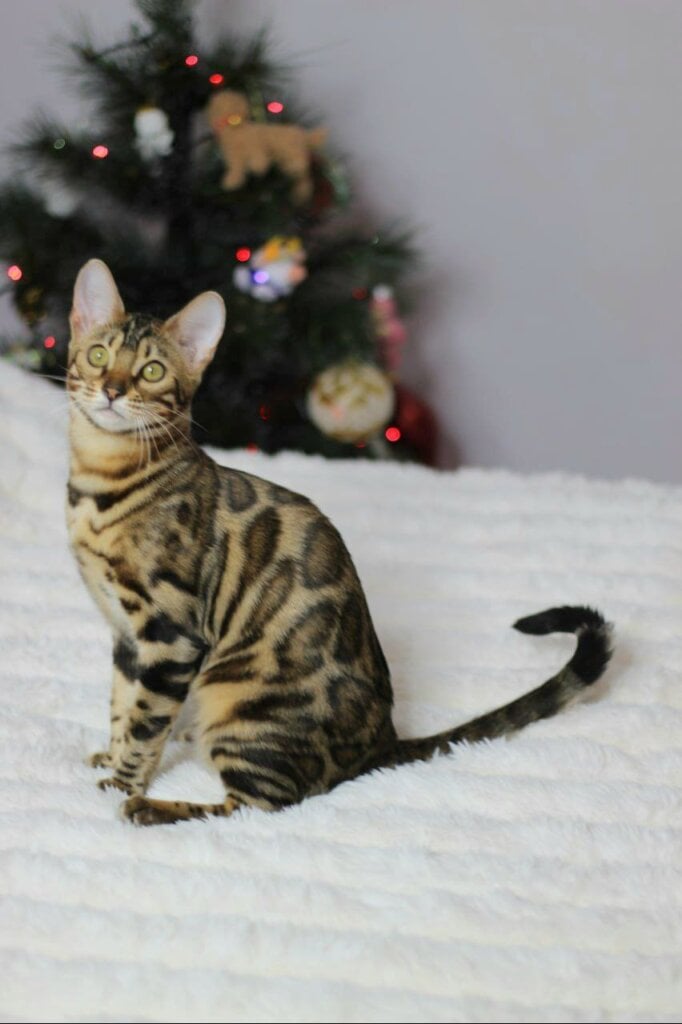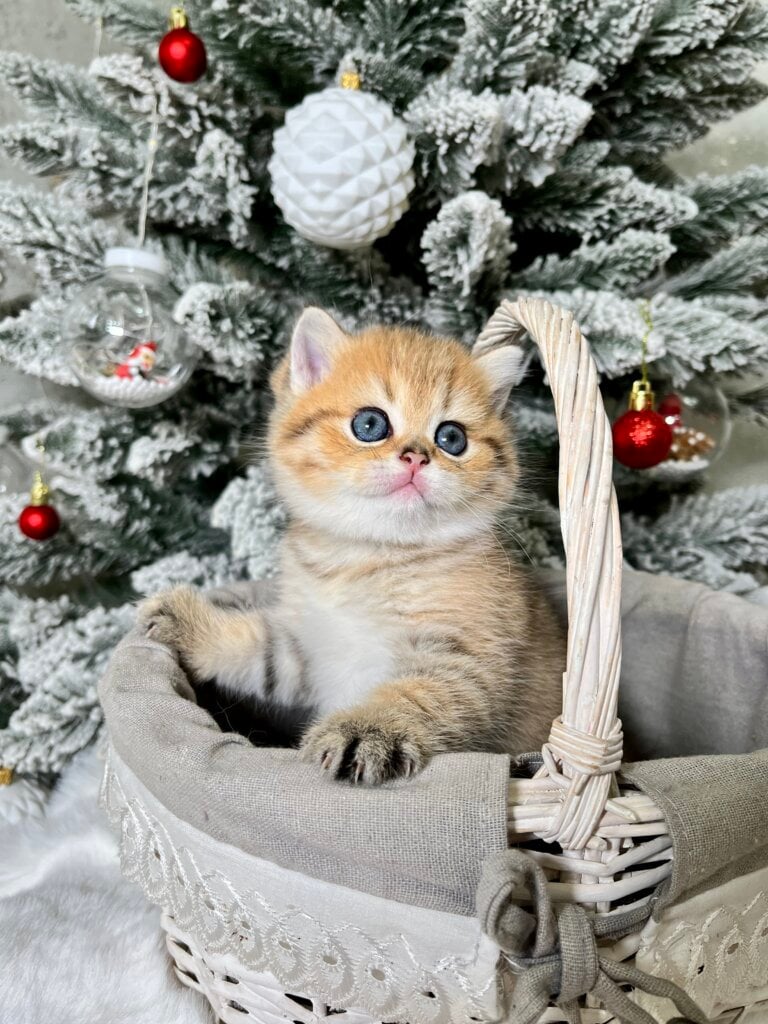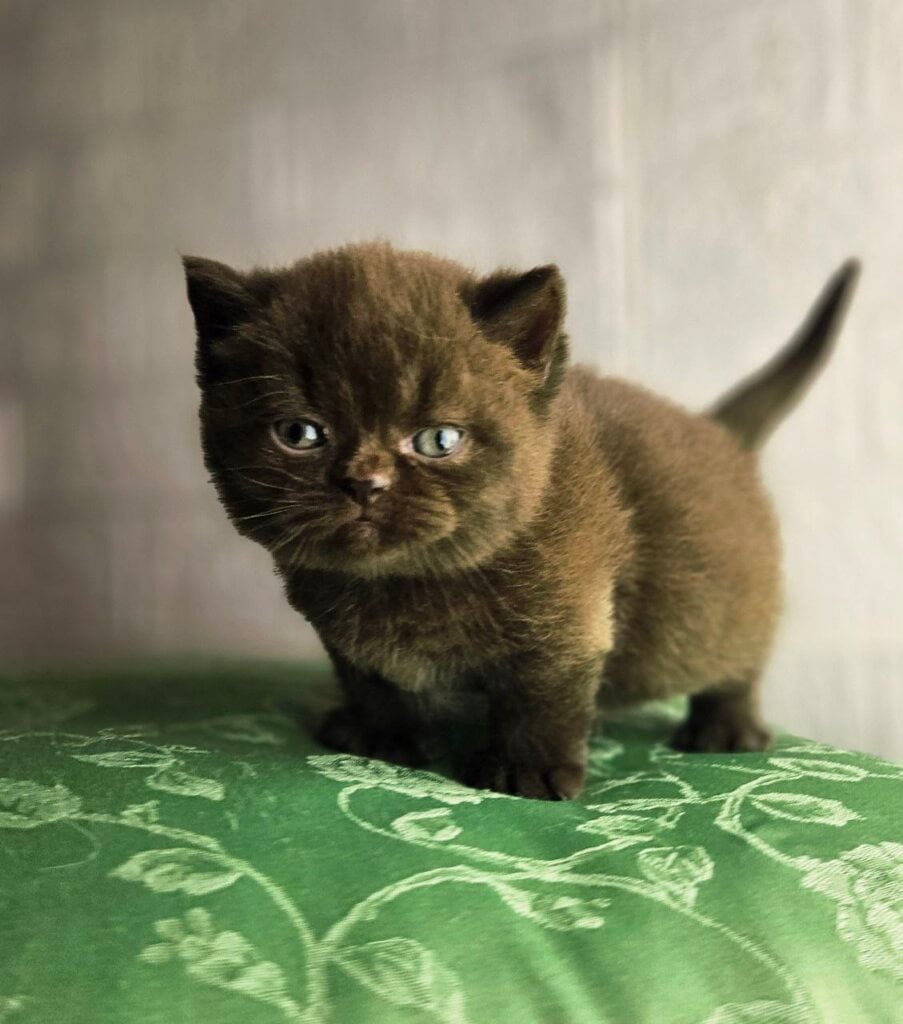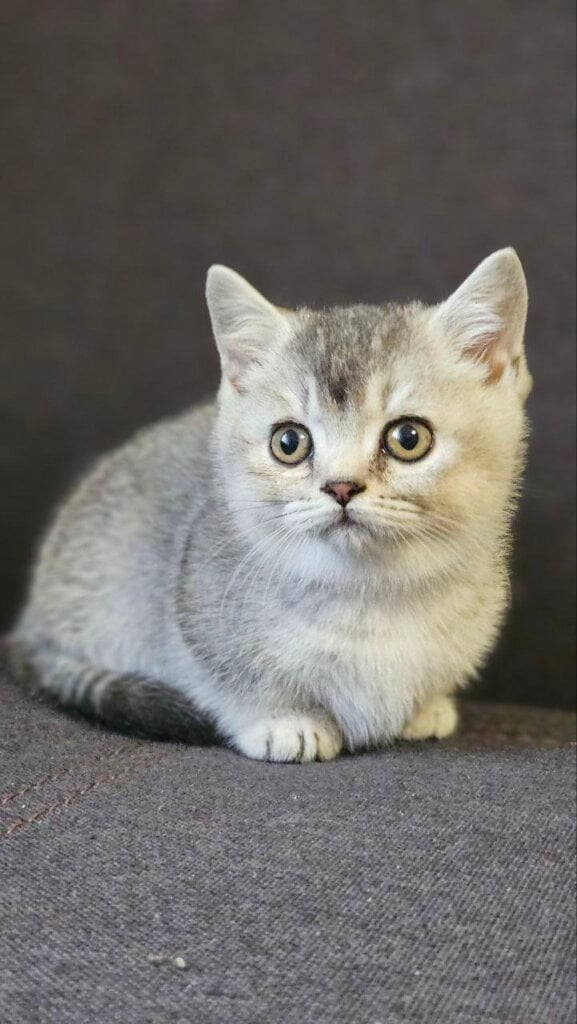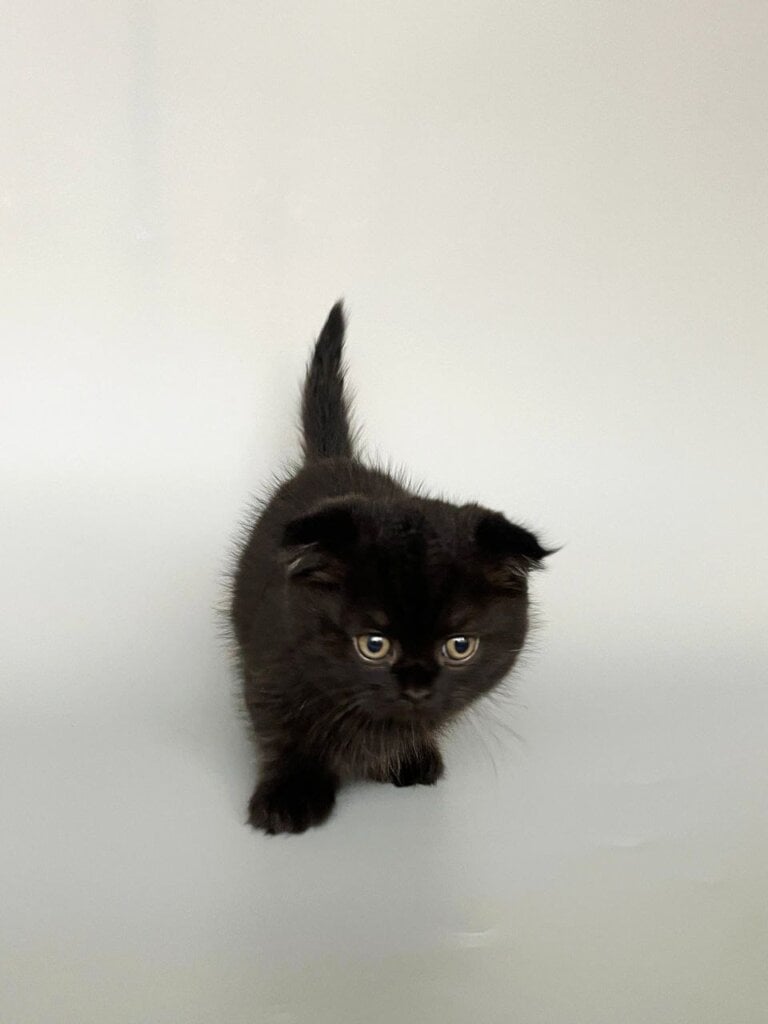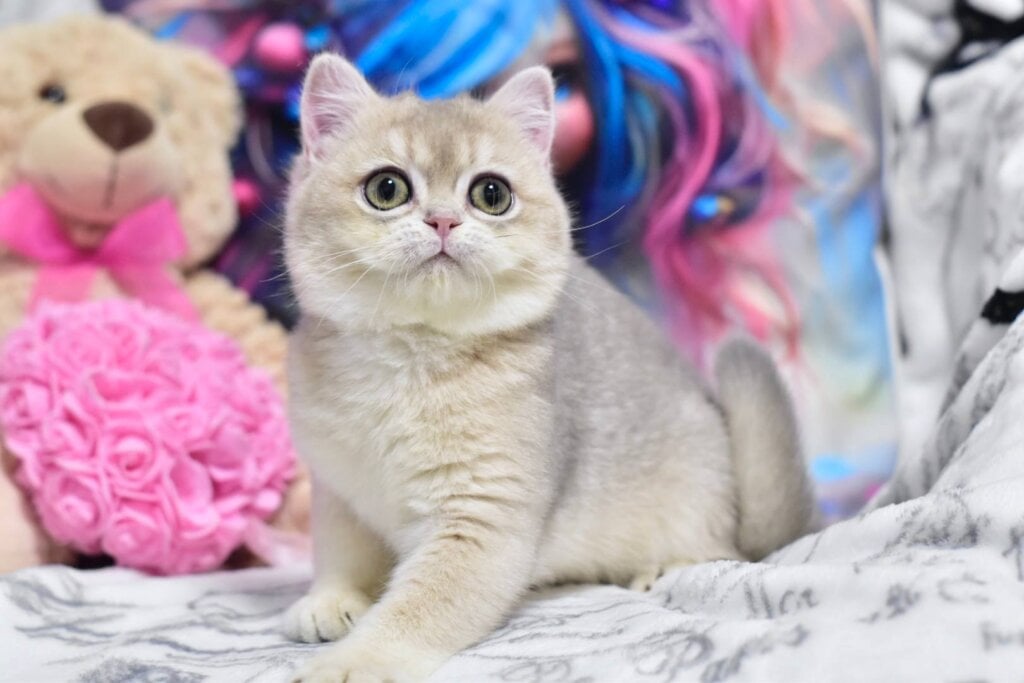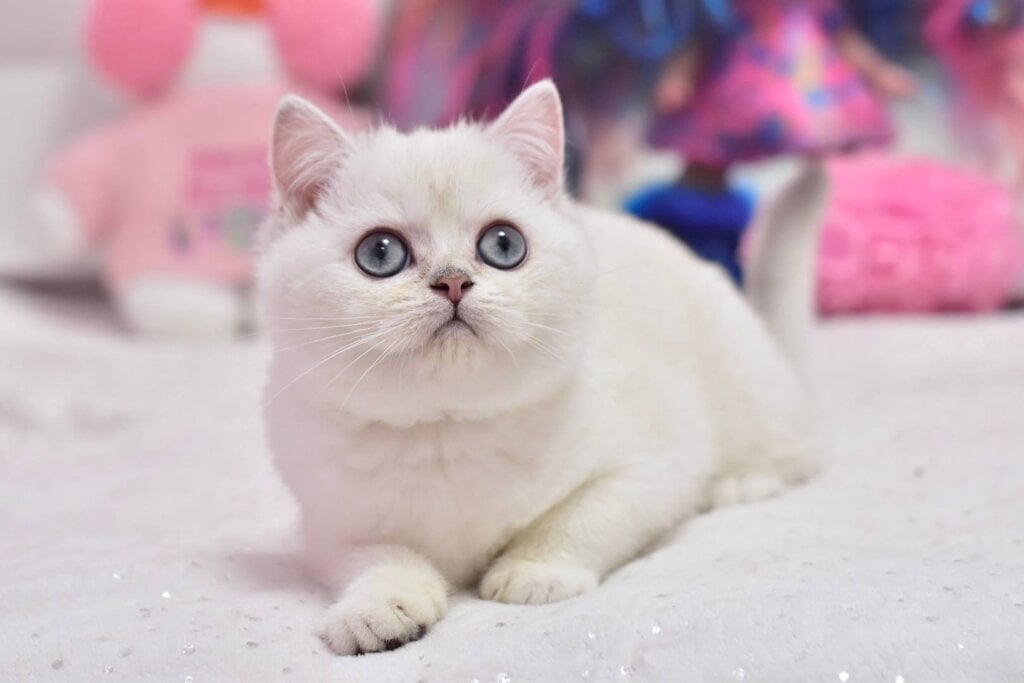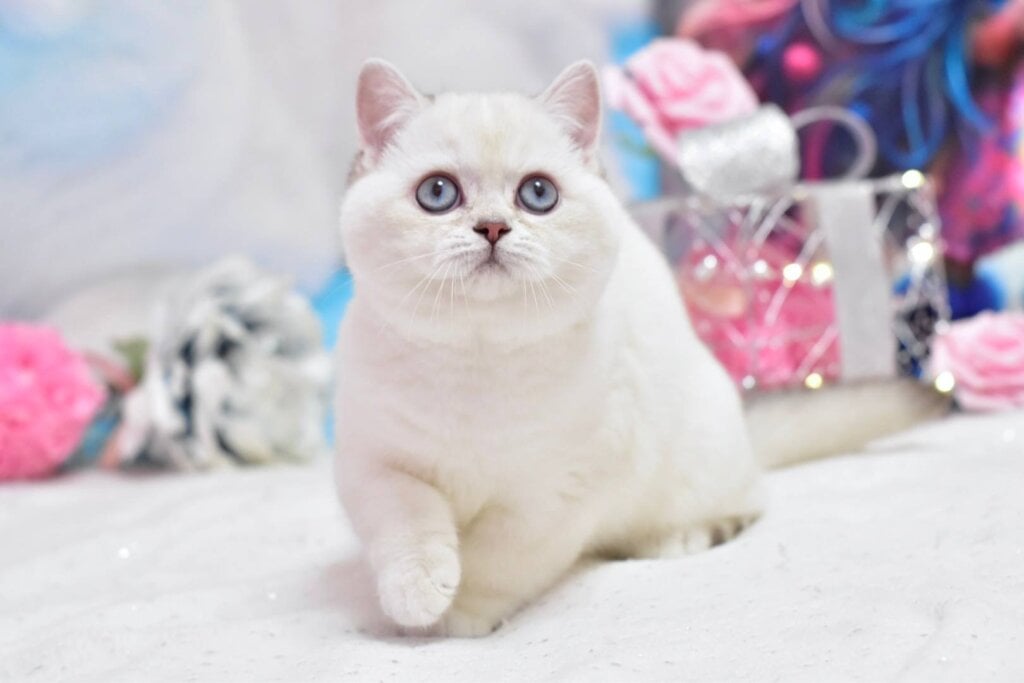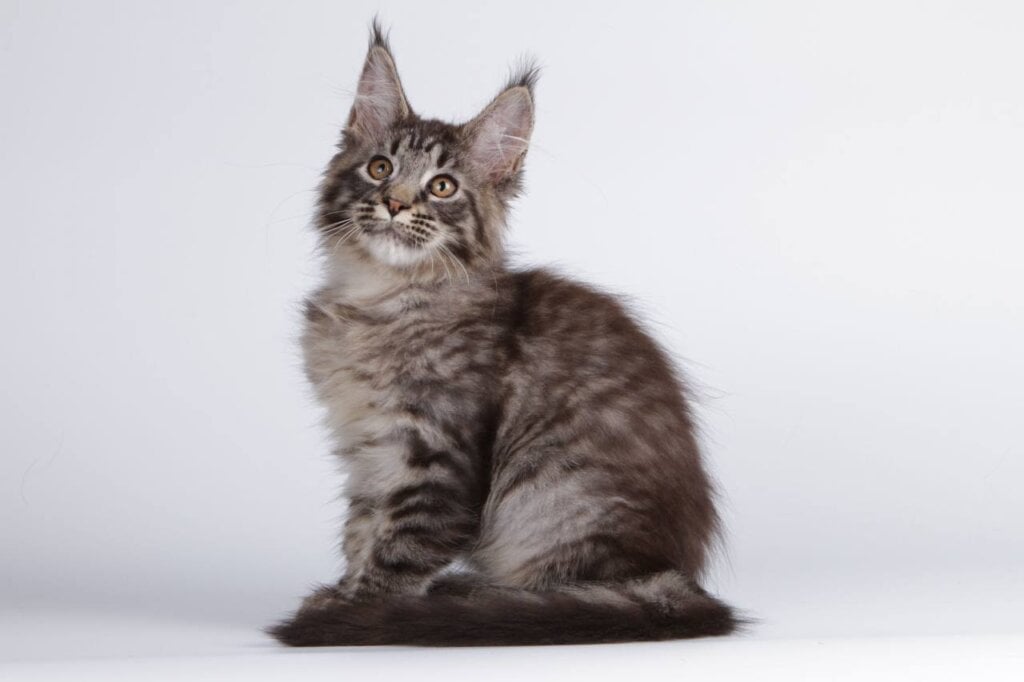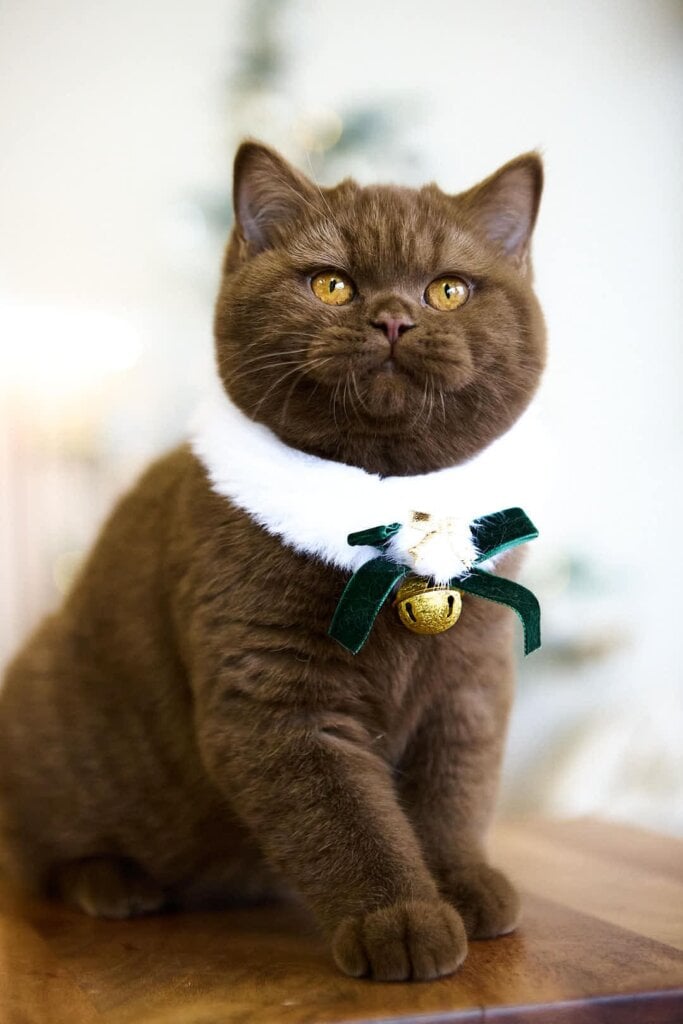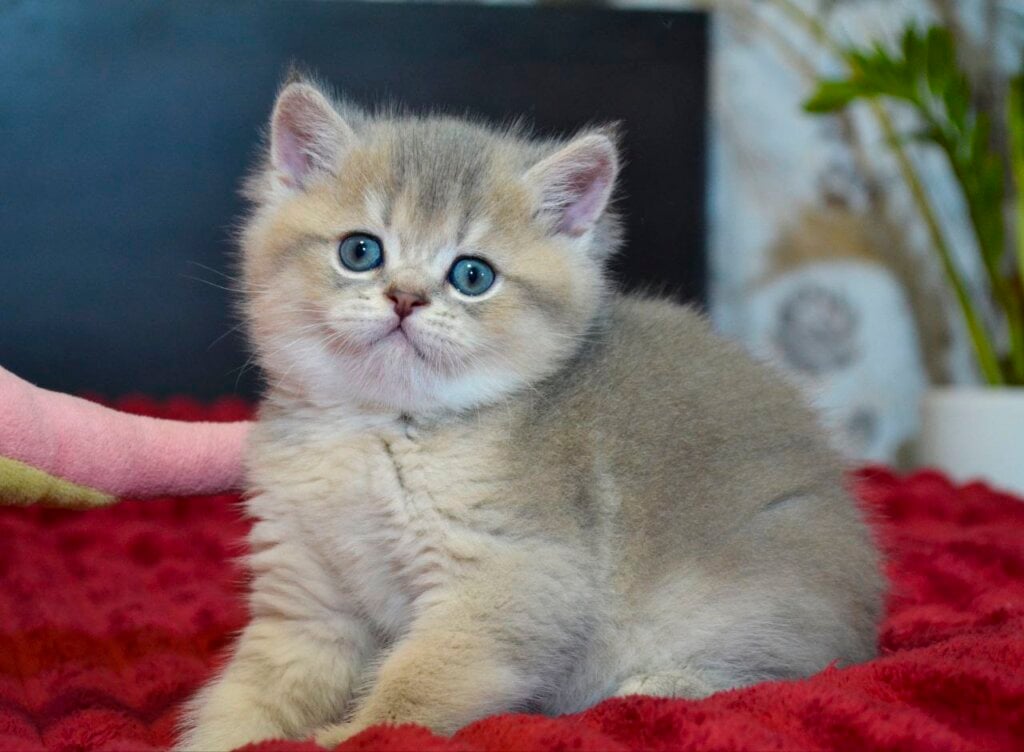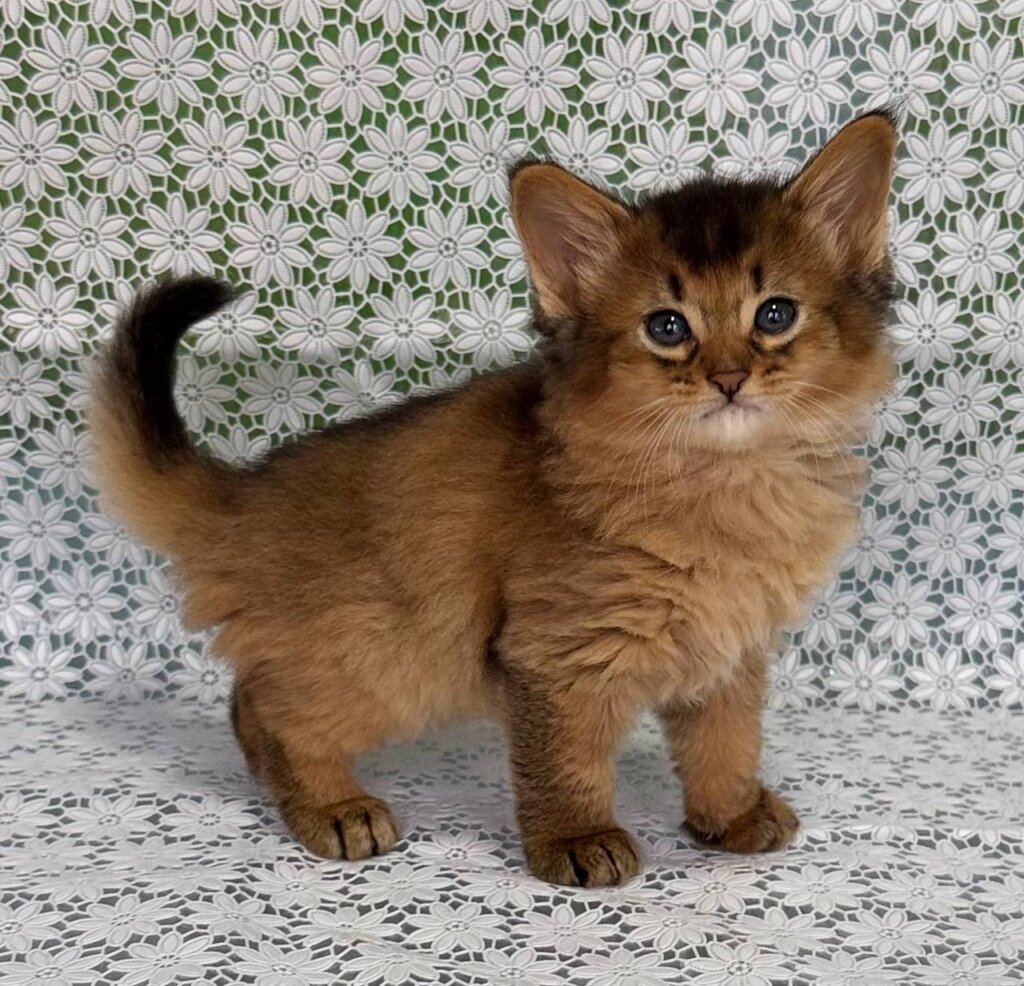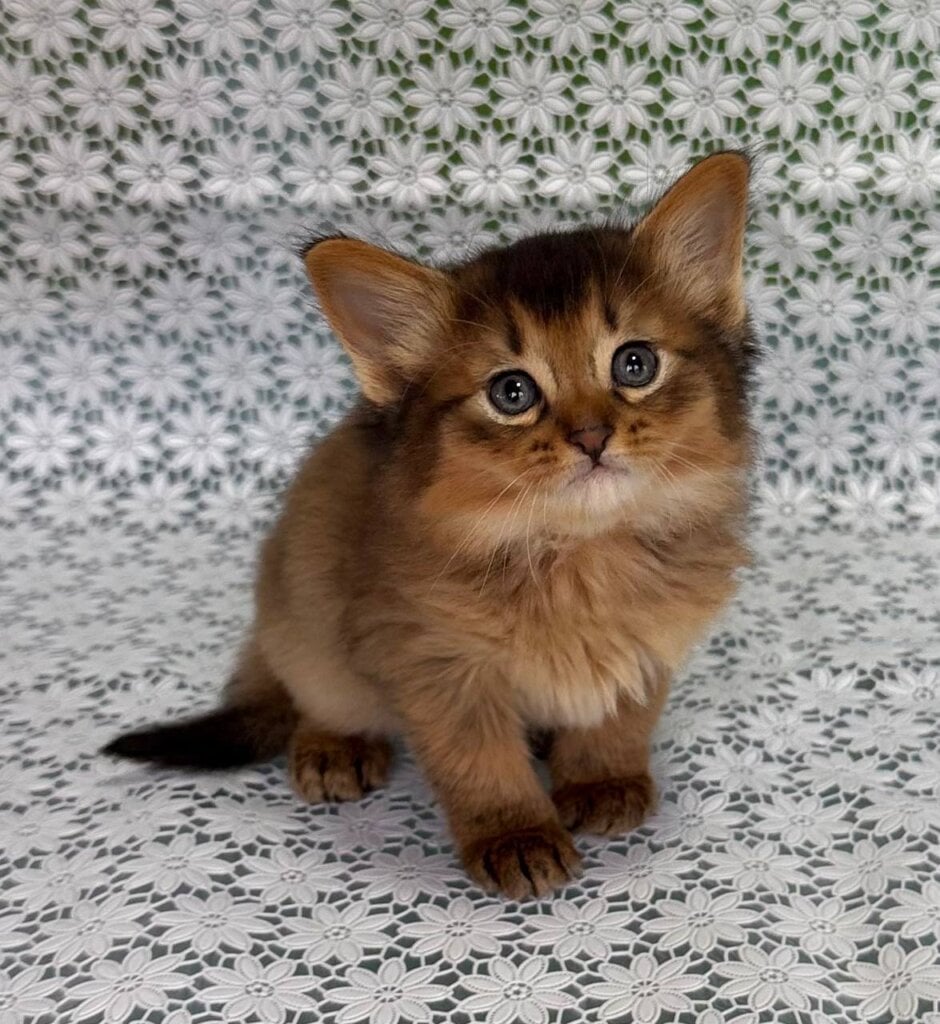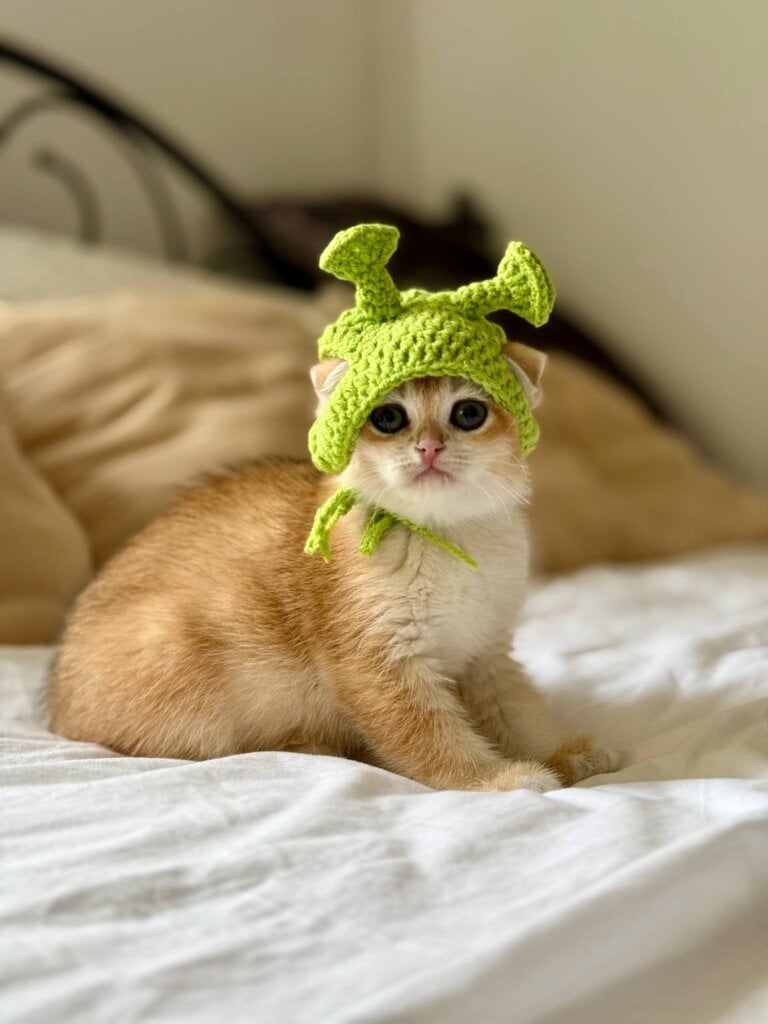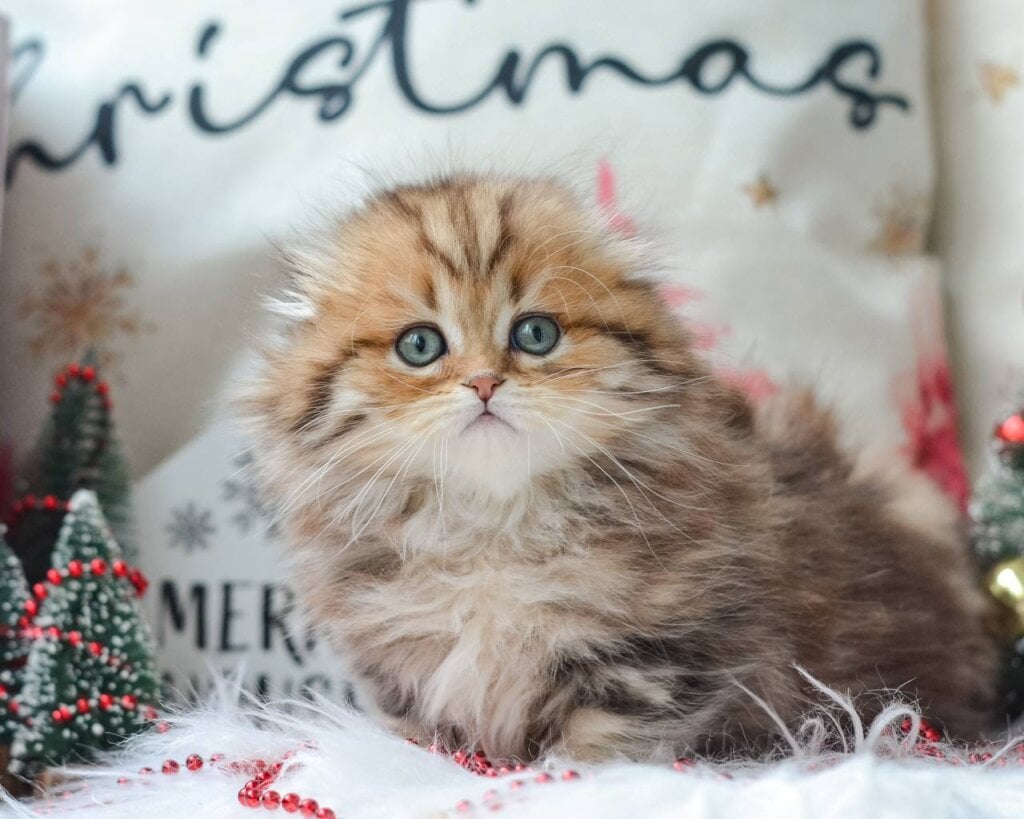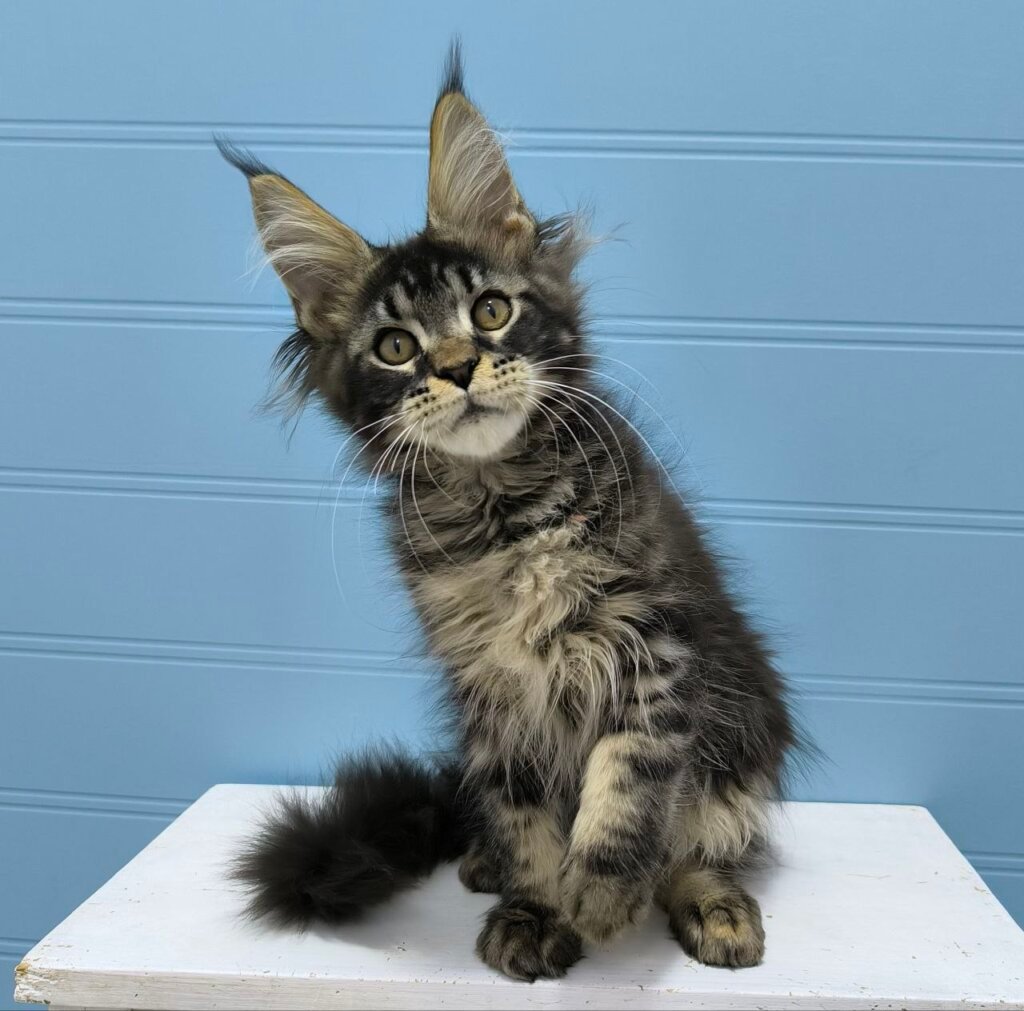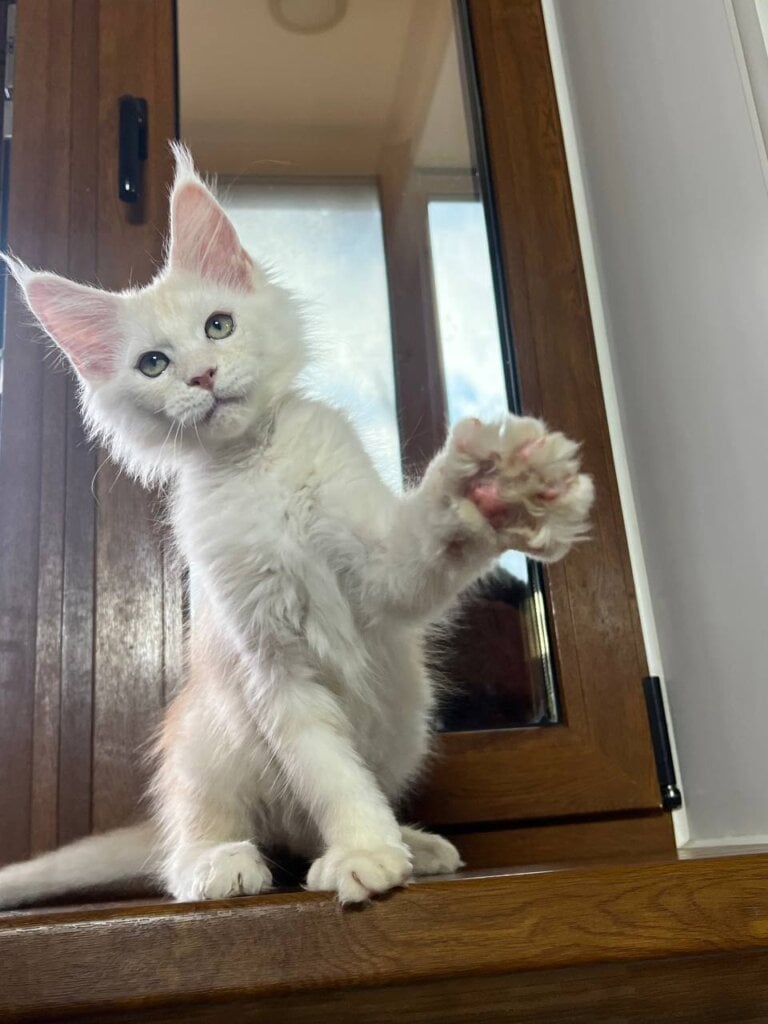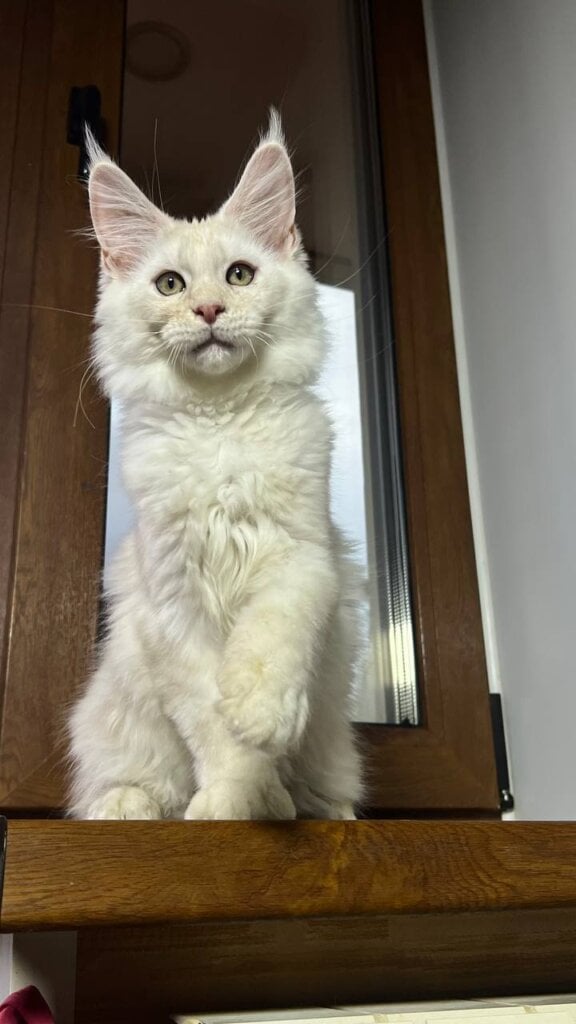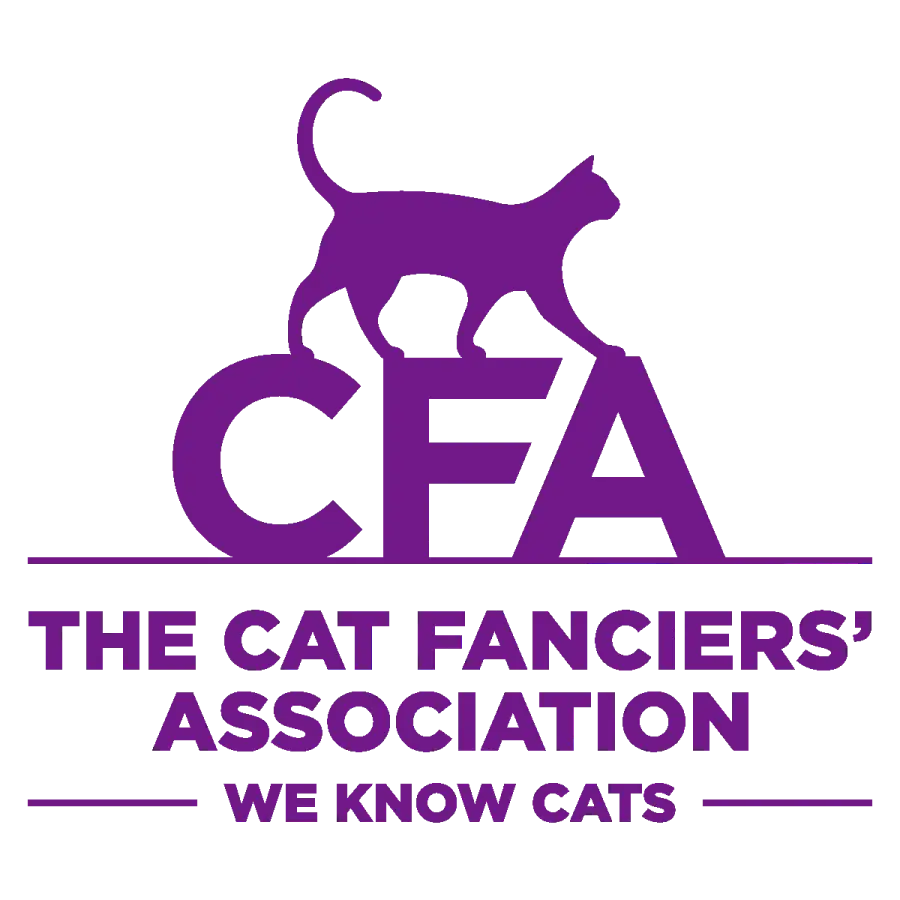What Are Maine Coon Cat Colors
Overview of Common Colors
Maine Coons cats are well known for their big size and bushy tails. Their rich diversity of colors makes their beauty even more impressive! Of the classic colors, black Maine Coons are the true show-stealers. With their luscious coats, these cats have a graceful, stealthy appearance, rendering them mysteriously exquisite.
Their shiny, black coats add to the mystique, which most cat lovers just can’t resist. One more popular choice among Maine Coon aficionados is the black and white Maine Coon, also known as the “tuxedo Maine Coon.” This nickname derives from their unique markings that make them look like they are wearing a classic black tuxedo.
It’s a beautiful appearance that gives an air of distinction to their already majestic figure. Maine Coons can be found in many shades of brown, with the brown tabby pattern being the most widely known. The brown classic tabby pattern, with its deep tones and dainty swirls, is a regular feature on the cat show circuit.
It’s a timeless appearance that really never ages. Then there’s the cream tabby, a gentler, rarer hue that’s a delight to behold. Even in brighter tones, this warm hue adds an unexpected softness to the Maine Coon’s otherwise strong appearance.
Unique and Rare Color Variations
Within the world of Maine Coon colors, some colors are particularly uncommon and sought after. The black tortie, for instance, is a beautiful combination that delights every audience. Its mottled palette of shades dazzles the eye, making the cat an object of wonder wherever it roams.
Just as interesting is the blue smoke tortie with white Maine Coon. This striking cat frequently has “masks” over one or both eyes. These unique traits not only make for a striking look but give this breed a magical charm.
Pairing that dramatic smoky blue fur with a striking white is a stunning combination that’s really difficult to shake off. Another one of the rarest of all Maine Coon colors is the black smoke tortie. This color combination is perfect to introduce that dark and light element.
The result is an incredibly stunning appearance that is most definitely one of a kind. Getting to meet one of these beauties, though, is a special delight. This extreme rarity makes them incredibly desirable to both collectors and breeders.
White Maine Coons are quite uncommon, with only about 10% of these cats being born in this color. It’s no wonder why their pure white coats are seen as regal, making these large cats stand out from the more typical colors.
That’s a lot of kitty – Maine Coons can weigh up to 25 pounds with some exceeding that weight! Their remarkable size, combined with their unique color palette, has made them one of the most popular breeds for cat lovers. Each color variation accentuates a different facet of the Maine Coon’s personality.
With this variety, every cat enthusiast is guaranteed to discover their ideal companion!
Understanding Maine Coon Patterns
Once you enter the exciting world of Maine Coons, you’ll be spellbound by their royal appearance. Their beauty is astounding and made even more captivating by an astonishing array of patterns. These patterns contribute to their beauty and uniqueness, and further assist in recognizing and celebrating these gentle giants.
Here are the basic patterns you can expect to see in this breed.
Tabby Patterns
When discussing Maine Coon patterns, the tabby coat is likely the first one that pops into anyone’s head. The word “tabby” identifies cats with stripes all over their bodies. This trait is often mischaracterized as a breed hallmark, particularly when the cat has long or semi-long, silky hair.
This pattern has heritage origins, for the original Maine Coons seen in Maine, US, were mostly tabby. These forefathers would go on to form the ancestry of the varied Maine Coons we love so much today. Silver tabbies are some of the most beautiful of all Maine Coon kittens.
Their beautiful looks make them the most desirable pick of the litter. This popularity holds true even in the face of the other colors, showing the timeless appeal of the silver tabby just can’t be ignored.
Solid Patterns
Solid patterns provide an entirely different look, creating one solid color all over the cat’s coat. This look is unique and stylish, making the Maine Coon look very refined. Solid-colored Maine Coons, such as white, black, or blue, deliver an intense color experience.
These gorgeous cats really look different as opposed to tabbies. What’s especially interesting is that some of these monochromatic cats most likely molt year round. Some may only molt occasionally.
This variability only contributes to the Maine Coon’s unique charm, making each individual cat all the more special. Solid black Maine Coons are pretty much the same thing as the more common tuxedo pattern. This is particularly true when you consider Black Smoke and White Maine Coons.
Bi-color and Other Patterns
Bi-color Maine Coons display an enchanting contrast of two hues, offering a striking visual appeal that is hard to resist. The tuxedo pattern is particularly striking and noteworthy. Its black and white coloring mimics a tuxedo pattern perfectly.
The ginger or “orange Maine Coon cats,” technically referred to as red, add a fiery splash of color to this breed’s palette. All purebred Maine Coon kittens are born with stunning blue eyes.
Over the course of their early lives, 80% of them are born solidly colored and change to their adult hue by eight weeks of age. This slow transition is a testament to the developing beauty of these kittens as they mature into their adult form.
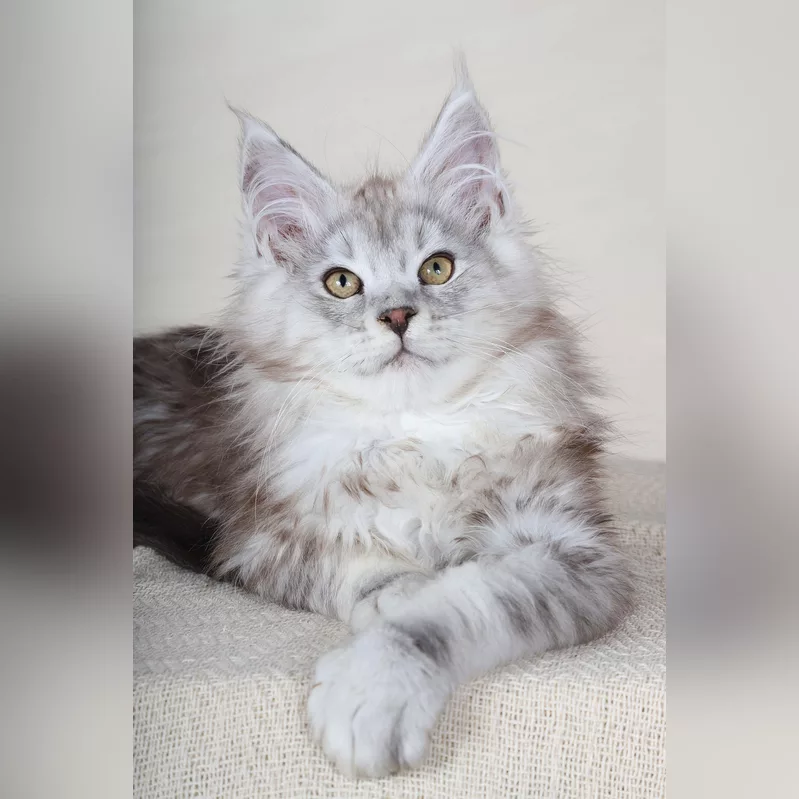
Why Do Maine Coon Colors Vary![]()
Genetic Factors Influencing Colors
This makes the Maine Coons possibly the most colorful breed – or, at least, a very colorful breed – of cats. Their ancestry traces all the way back to tabby Maine Coons found in Maine in the 1800s. This history goes a long way in explaining the predominance of tabby patterns today.
Tabby markings are dominant, that is to say they occur more often because they’re genetically favored. This magnificent breed has a captivating history. It has its roots in a blend of domestic American Shorthairs and European long-haired cats which produced this magnificent breed with a striking array of colors.
The Maine Coons we know and love now have been shaped by natural selection. Originally bred as working cats on New England farms, these hardy felines still thrive through even the harshest winters, sporting an impressive array of coat colors.
Role of Melanin in Color Formation
The importance of melanin in Maine Coon colors is irrefutable. Melanin is the pigment that gives color to our skin and hair. Its different amounts and forms decide whether a coat is solid, patterned, or diluted.
The beautiful black torbie with white Maine Coon is a beautiful and fascinating by-product of simple melanin distribution. Torbie, a mix of tortie and tabby, is an example of how melanin can come together to form beautiful designs.
Tortie and calico colors are predominantly found in female cats as they are related to the X chromosome. This occurrence highlights the crucial influence of melanin in their fascinating hue. These Maine Coon colors are a favorite among Maine Coon lovers.
The tortie black variety is often the favorite of the public, winning their hearts with their striking magnificence.
Inheritance Patterns in Maine Coons
To really know why Maine Coons colors vary, we have to look at how colors are inherited. The gene that determines tortie and calico colors is located on the X chromosome. This is the reason why almost all tortie and calico cats, around 99.9%, are female.
This is a really cool genetic influence and adds to the color variety within the breed. Maine Coons shed a little under 3% of the time, making them low-shedding cats, and their shedding is mild and year-round.
This is a testament to their robust genetic foundation. Taking care of yourself is very important. That’s the reason why each Untamed tin is loaded with power-packed nutrients, such as taurine, arginine, and other amino acids.
These nutrients enhance the overall health and wellness of Maine Coons. They need these cats to stay active and healthy, keeping their gorgeous coats in top shape.

Significance of Color in Breeding
So breeding Maine Coons is an art form too, and color is extremely important. The bright coat colors only add to the overall aesthetic beauty of these animals. They highlight the breeding ideals set by hobbyists and registries.
In my years with MeoWoff, I’ve seen firsthand how color can influence the desirability and perception of these majestic cats.
Standards for Maine Coon Colors
The color standards for Maine Coons are as varied as they are specific. Our breeder partners, such as AlbostarUA and BastettoUA, are committed to adherence to these guidelines. This helps make sure their cats are always breeding to the highest standards.
A well-known example is the ginger coloured Maine Coon. We all know them as the “orange” breeding programs, but on paper, they’re actually red. This difference is very important to breeders in registering and showing these cats.
Yet another colorful fan favorite is the cream-colored Maine Coon. It’s their soft, creamy white coat that wins the hearts of judges at cat shows and cat fans around the world. Cream serves as a diluted form of red.
This addition makes the Maine Coon’s color palette even more complex and beautiful. Calico Maine Coons are famous for their colorful patchwork coats of black, orange, and white. People instead appreciate them for their gorgeous colors and playful behavior.
Breeders all over the world work towards creating Maine Coons with beautiful, shimmering, silver colors and patterns. This ethereal beauty is why silver Maine Coons so easily mesmerize all of us.
What distinguishes them is their dark gray and black hair, tipped with paler shades. The Black Silver Torbie is a show stopper with this gorgeous combination of red, black and silver. This distinctive combination does wonders to capture your eye.
The black and white Maine Coon, or bi-color, never goes out of style, and is as popular today as ever with her classic good looks. The white Maine Coon is very rare, making up less than 1/10th of the population.
People want this special cat very badly, simply because it’s rare.
Color Preferences in Breeding Programs
For breeders, color is important because of marketability. The emphasis on producing certain colors like silver or rare whites can be influenced by market trends and show standards. In both cases, breeders work to produce kittens that match these desired colors.
They are dedicated to maintaining the breeding of healthy, sweet-tempered cats that give the Maine Coons their reputation.
In light of their increased popularity, breeders are working to refine the silver shades. They have a vision to breed cats that are not just aesthetically beautiful, but are super healthy in their lifestyles.
Modern breeders must navigate between appealing to preferences and maintaining ethical standards of practice. They need to breed for health and temperament first, color second.
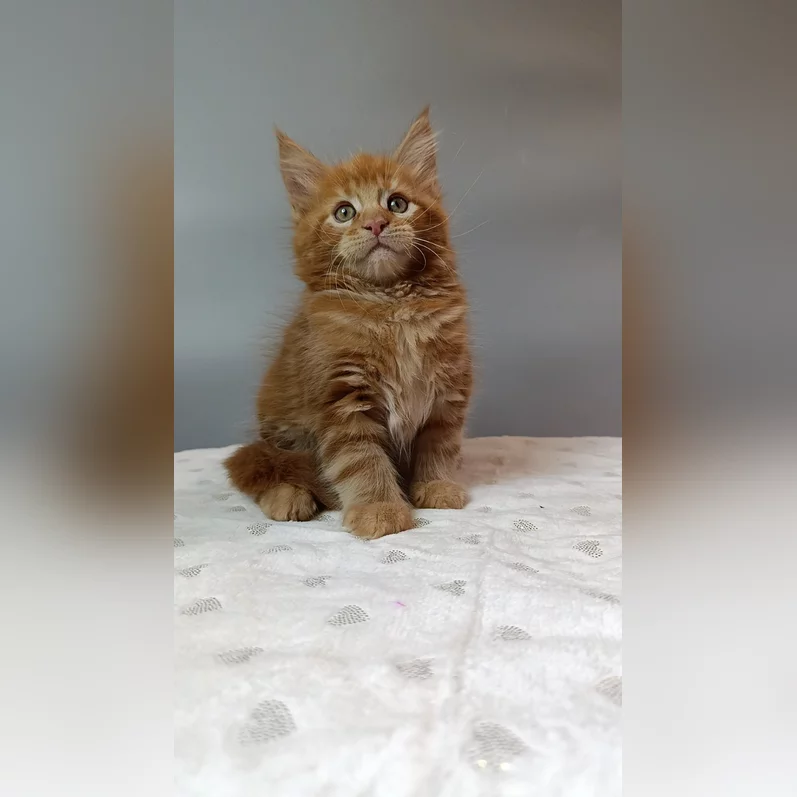
Importance of Color in Cat Shows
Color is a huge deal in cat shows, particularly for Maine Coons. Each color and pattern can make or break a cat’s performance and visual appeal. It’s not just a matter of aesthetics; it’s about fulfilling the standards that lay out exactly what makes a champion.
Judging Criteria for Colors
In the financially murky world of cat shows, color is a very important factor in judging. Judges will inspect a cat’s coat for certain qualities. They judge for uniformity, vibrancy, and how well the coat matches the breed standards developed by organizations such as TICA.
Maine Coons have all the classic and popular colors including gold, silver, calico, cinnamon, and cream. As it turns out, these colors are the most preferred, and often increase their likelihood of winning.
Knowing the genetic background of a Maine Coon kitten is key for breeders. A kitten’s coloring is not random, but determined by its genetic inheritance from its parents. For this reason, breeders will frequently use a Maine Coon color calculator to help determine what colors and patterns the kitten is likely to show.
This forethought allows breeders to plan and work toward the most sought after and competitive colors. One particularly beautiful breed is the Blue Smoke Tortie Maine Coon, which features some of the most beautiful colors in all of Catdom.
This cat shows off stunning blues, aka shades that appear grey. Its rich cream fur is only heightened by a shiny silver root. Such rare coloration can enchant judges and spectators alike, sending it to the top of the line in any show.
Impact of Color on Show Success
Color is important not only in how a Maine Coon is judged, but how successful she is in the show ring. Some colors are more desirable than others, and as such, they usually stand a better chance of winning.
For instance, the red Maine Coon, also known as the orange Maine Coon, holds a special place among enthusiasts who love traditional colors. This is important because judges often prefer these classic colors, making or breaking a show cat’s success.
Additionally, color can play a role in a Maine Coon’s temperament and personality, with certain colors linked to certain characteristics. This adds a level of excitement for judges.
It fosters a culture of presentation, urging owners to present their cats in the most favorable way.
